Rug hooking is a craft that involves pulling loops of yarn or fabric through a woven base to create a textured surface. This traditional craft shapes Newfoundland’s cultural identity and artistic expression, passed down through generations. Its vibrant colors, intricate designs, and tactile textures captivate people worldwide. In this blog post, we will explore the history, techniques, and inspiration behind Newfoundland’s rug hooking art. We’ll delve into its evolution and its continuous ability to inspire.

Hooked Rug created by Marjorie Manuel, 1930s, Salt Pond, Newfoundland.
History of Rug Hooking in Newfoundland:
Rug hooking in Newfoundland has a rich history dating back to the early 19th century when settlers from Ireland and Scotland introduced the craft. Originally, it served as a practical skill to create warm floor coverings using leftover fabric, wool, and other materials. As time passed, local women refined the craft, developing their own unique techniques and designs that showcased their individual creativity.
One of the examples of their originality is the use of hooked inserts, which are small pieces of hooked fabric that are sewn onto larger pieces of cloth to create patterns. Another example is the use of outline stitching, which is a technique that involves stitching around the edges of the hooked loops to create contrast and definition.
The Grenfell Mission played a significant role in the advancement of rug hooking in Newfoundland. This charitable organization provided medical care, education, and social services to isolated communities across the island. Lady Anne Grenfell, the founder’s wife, recognized the potential of rug hooking to generate income and economic opportunities for local women. She actively encouraged them to create high-quality mats and rugs for sale to tourists and collectors.
One of the most famous rug hooking designs to come out of Newfoundland is the Grenfell Mat, which features a unique pattern of abstract shapes and colors. Lady Anne Grenfell and local rug hookers created the Grenfell Mat in the early 20th century as a way to showcase the skill and creativity of Newfoundlanders. They used silk stockings as the material for hooking, which gave the mats a soft and shiny appearance. They also used geometric motifs inspired by Inuit art and culture. The Grenfell Mats were marketed through catalogs and exhibitions, and they soon became popular among collectors and art lovers.

Hooked Rug created by Sadie Forsey, 1940s, Channel, Newfoundland.
However, the Grenfell Mat is not the only example of Newfoundland’s rug hooking excellence. There are many other styles and designs that reflect the island’s diverse culture and heritage.
Techniques of Rug Hooking in Newfoundland
The style and design of the piece being created dictate the variation in techniques used in rug hooking. Rug hooking generally pulls loops of yarn or fabric through a woven base, such as burlap or linen, to make a textured surface. Some of the different techniques used in rug hooking are:
- Cutting or not cutting the loops: Cutting or not cutting the loops creates a variety of different textures and patterns. For example, cutting the loops creates a smooth and even surface, while leaving the loops uncut creates a fluffy and curly surface.
- Using recycled materials: Rug hookers in this area use recycled materials, such as old clothing, blankets, and curtains, as the base for the rug. This technique makes the craft more sustainable. It also adds a personal touch to each piece. The materials used often have sentimental value.
- Using locally sourced materials: Rug hookers in this area also use locally sourced materials, such as wool from local sheep farms or dyes made from plants and berries found on the island. This creates a truly authentic and unique product that reflects the natural beauty of Newfoundland.

Hooked Rug created by unknown artist, pre-1932.
In addition to these techniques, rug hookers in Newfoundland also use their own creativity and imagination to create original and innovative designs. They experiment with different materials, colors, shapes, and patterns to express their artistic vision.
One of the rug hookers who exemplifies this spirit of innovation is Joan Foster, who runs her own rug hooking studio in St. John’s. She offers custom design services, workshops, one-on-one instruction, and a series of patterns on linen or burlap featuring Newfoundland/coastal themes. She also specializes in the Grenfell style of hooking.
Joan says: "Rug hooking is a deep connection to creativity and passion."
Inspiration for Rug Hooking in Newfoundland
The designs and motifs used in Newfoundland rug hooking are as varied and unique as the individuals who create them. Many designs draw inspiration from the island’s natural beauty, featuring images of local flora and fauna, seascapes, and landscapes. Others are inspired by traditional Celtic and Scandinavian motifs, reflecting the island’s rich cultural heritage.
Some examples of these designs are:
- Floral mats: These mats feature flowers such as roses, tulips, lilies, or daisies arranged in bouquets or wreaths. They often use bright colors and contrast stitching to create a cheerful and lively effect.
- Animal mats: These mats feature animals such as moose, caribou, puffins, or whales. They often use realistic colors and shading to create a lifelike and expressive effect.
- Scenic mats: These mats feature scenes such as fishing villages, lighthouses, icebergs, or sunsets. They often use muted colors and perspective to create a serene and atmospheric effect.
- Celtic mats: These mats feature Celtic knots, crosses, or symbols. They often use dark colors and geometric shapes to create a bold and intricate effect.
- Scandinavian mats: These mats feature Scandinavian patterns, such as snowflakes, stars, or hearts. They often use light colors and simple shapes to create a cozy and charming effect.
These designs are not only beautiful, but also meaningful. They tell stories about the rug hookers’ lives, experiences, and values. They reflect their connection to their land, their culture, and their community.
Newfoundland rug hooking is a craft that has a long and rich history, a variety of techniques, and a multitude of inspirations. It is a craft that reflects the culture, identity, and creativity of Newfoundlanders. It is a craft that continues to evolve and inspire. It is a craft that deserves to be celebrated and appreciated.
Browse the magnificent collection of heritage hooked rugs of Newfoundland from MUN archive.

Hey there! While our rugs aren't made in Newfoundland, we think they're gorgeous and we know you will too. Our collection features a variety of styles and patterns, from bold and bright to classic and subdued. Take a look and see for yourself - we promise you won't be disappointed!


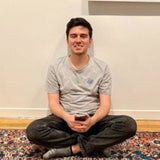
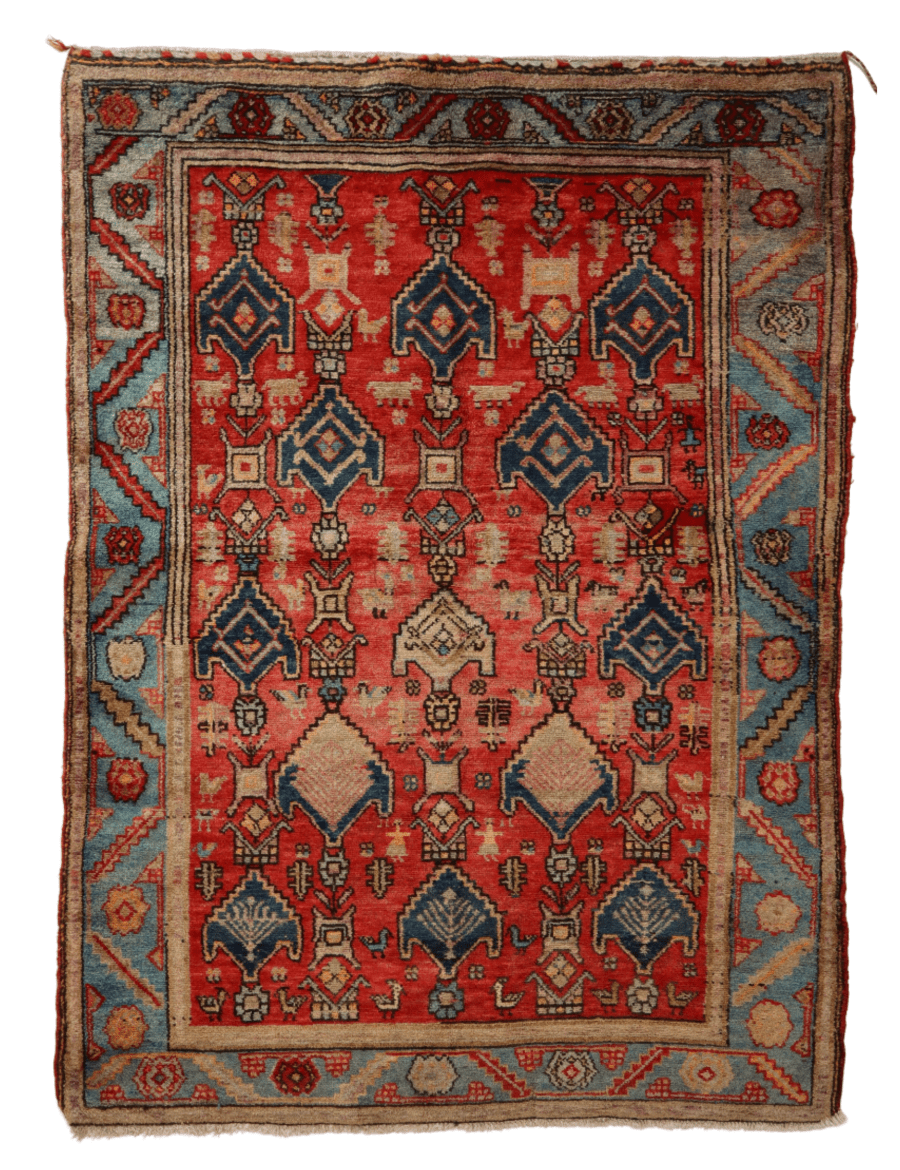
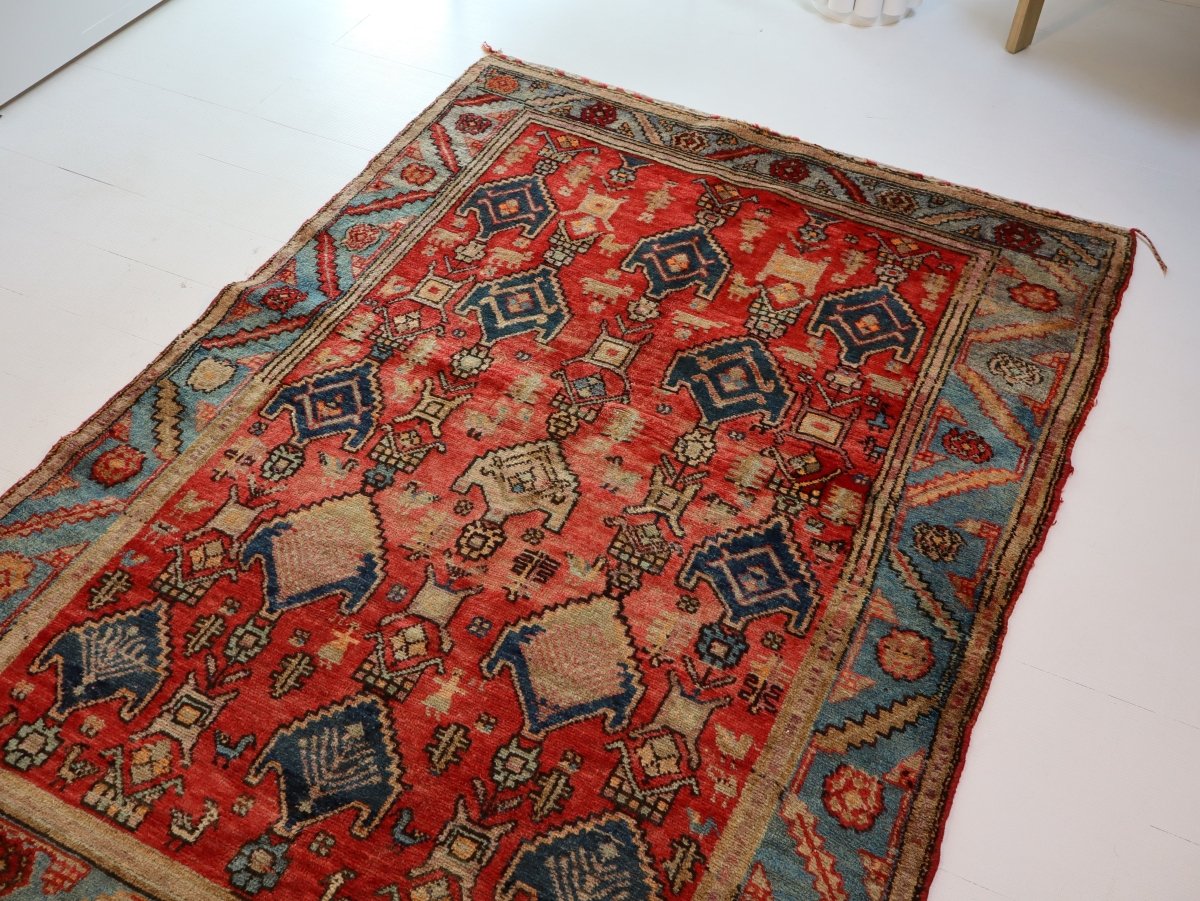
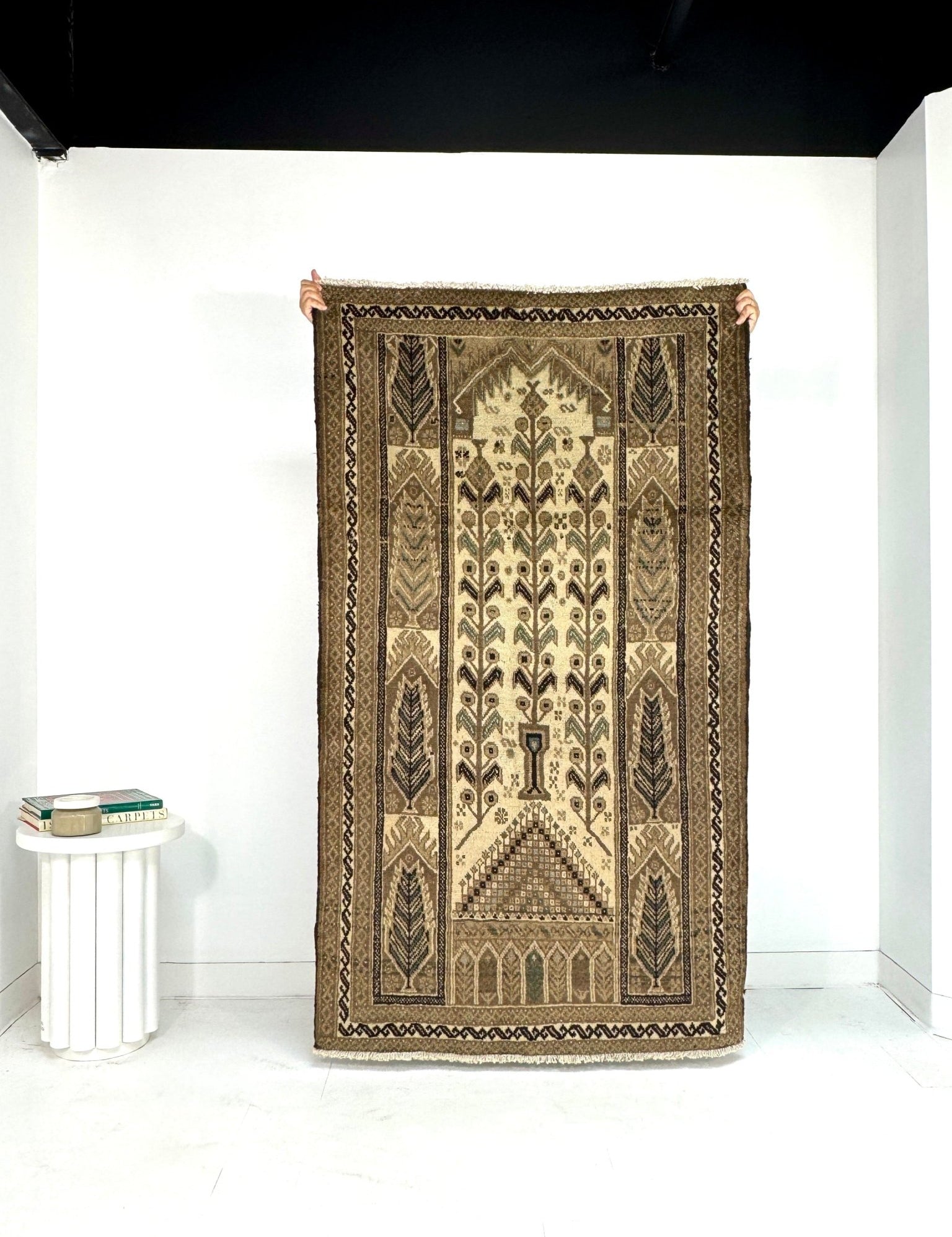
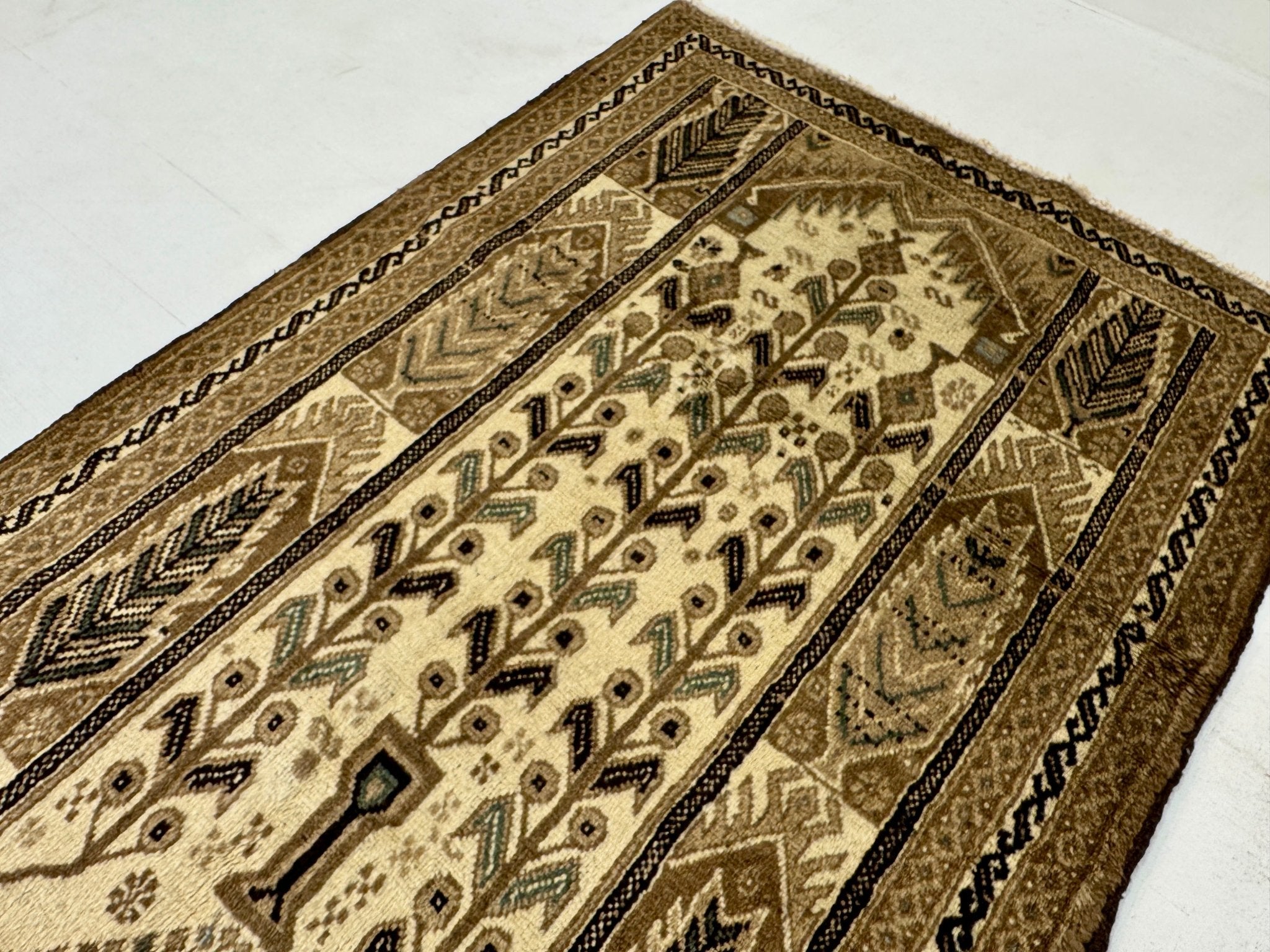
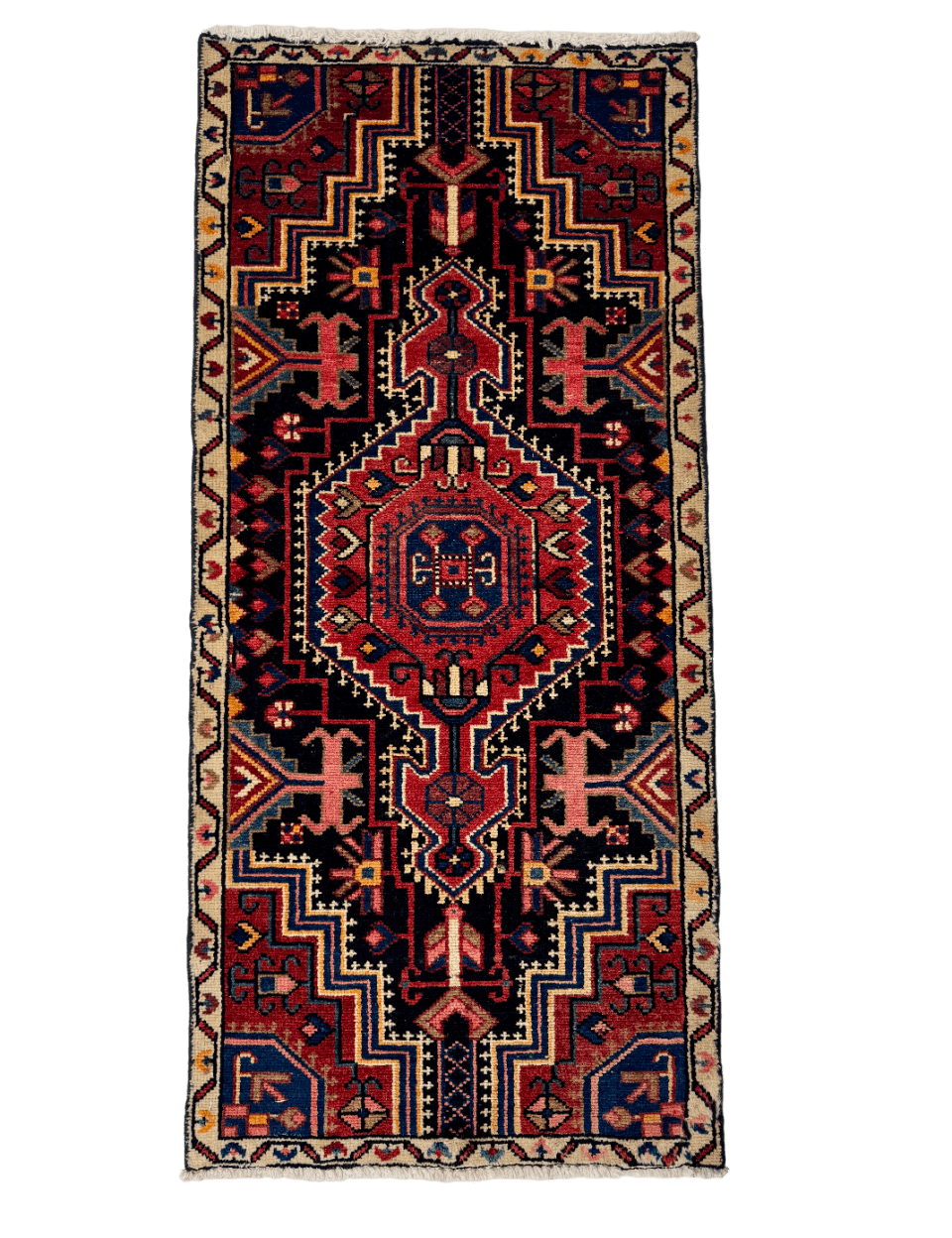
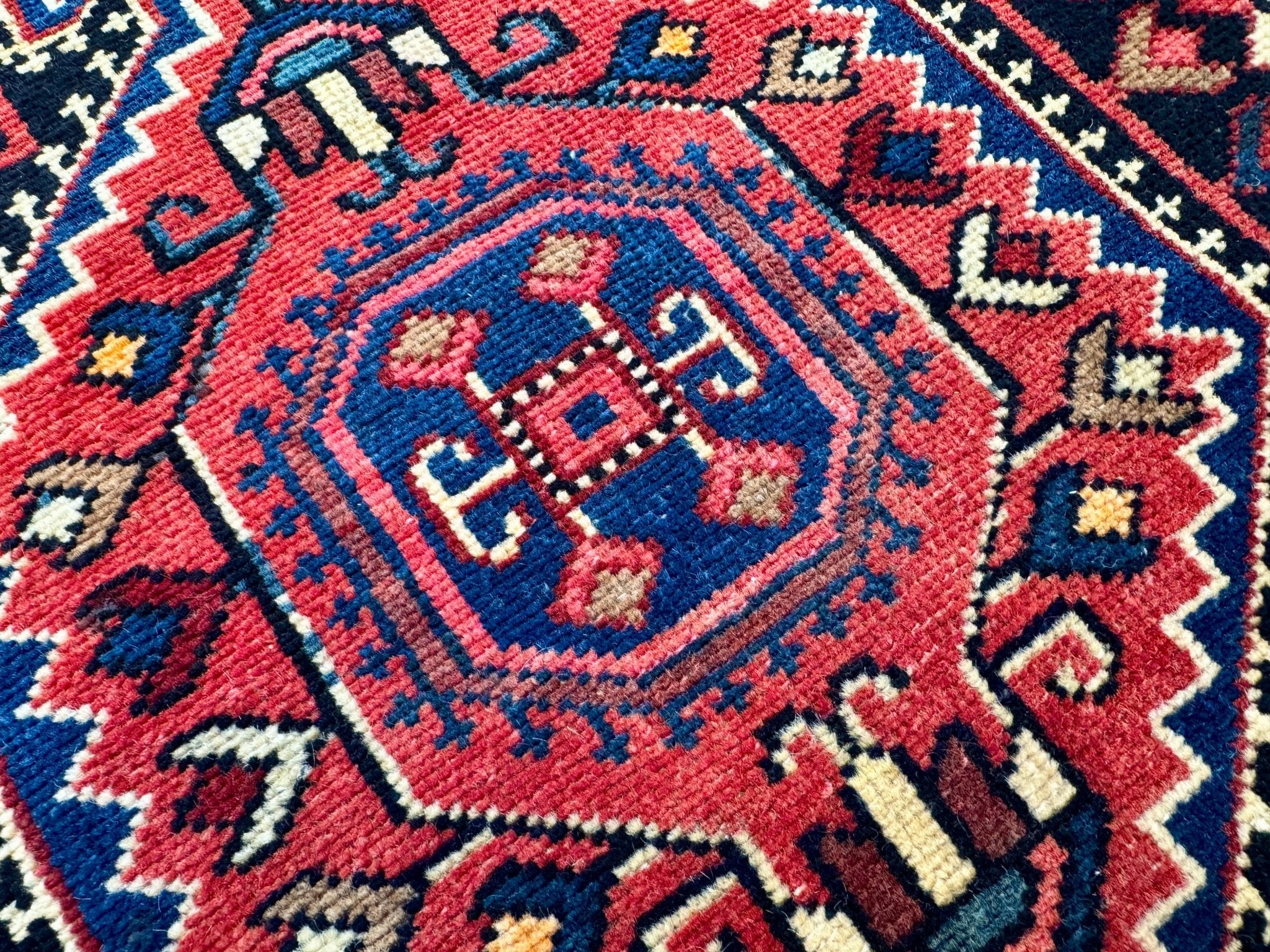
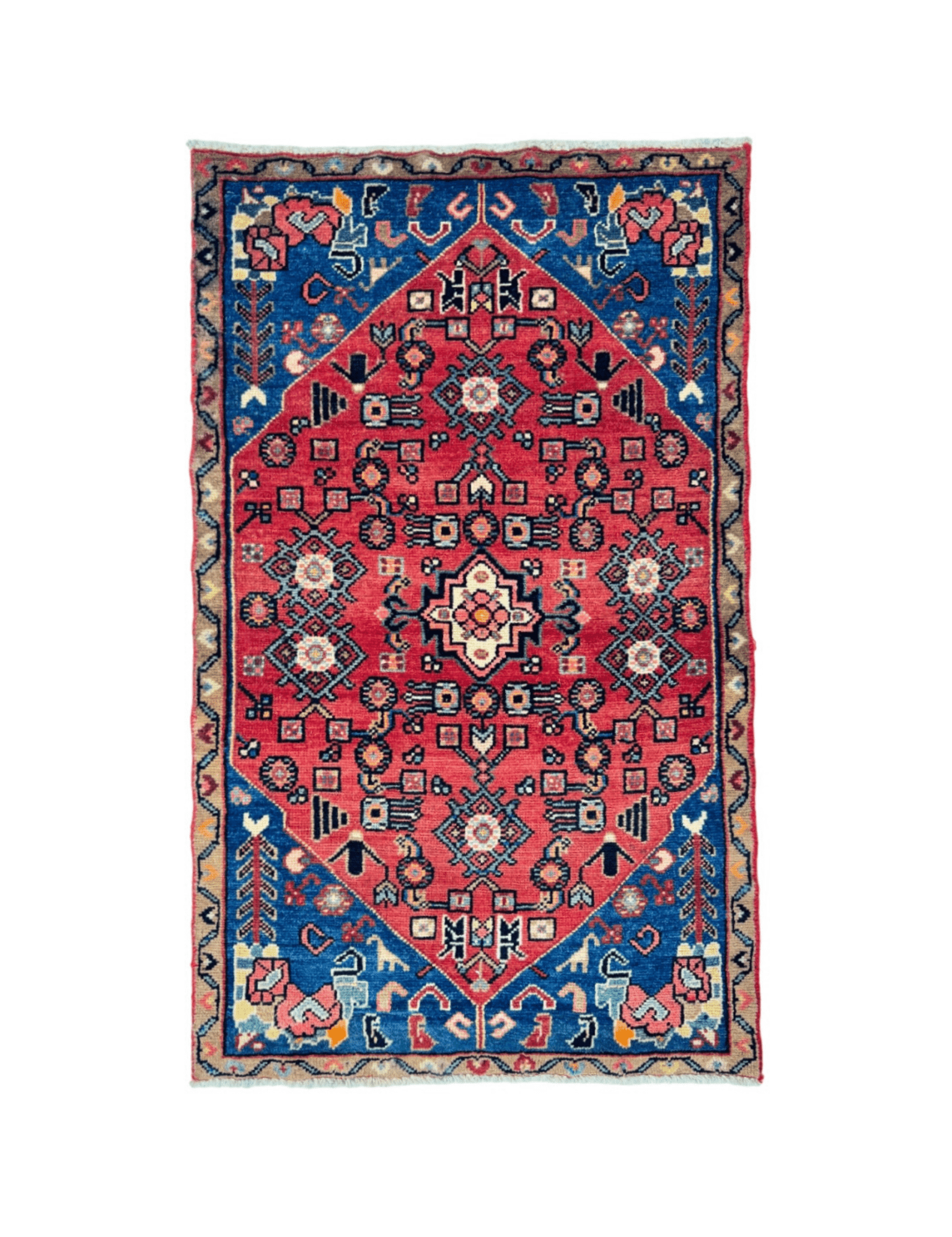
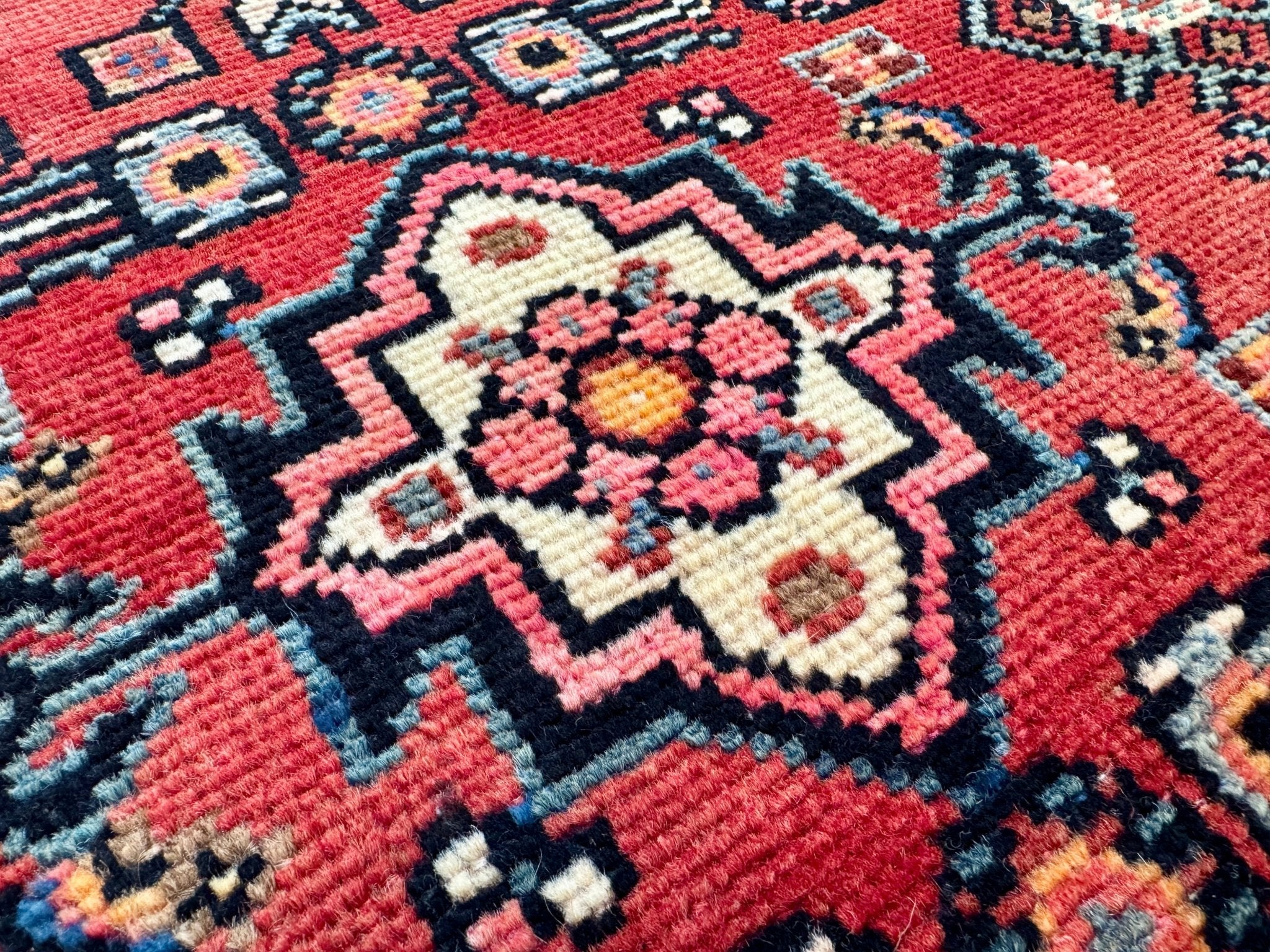
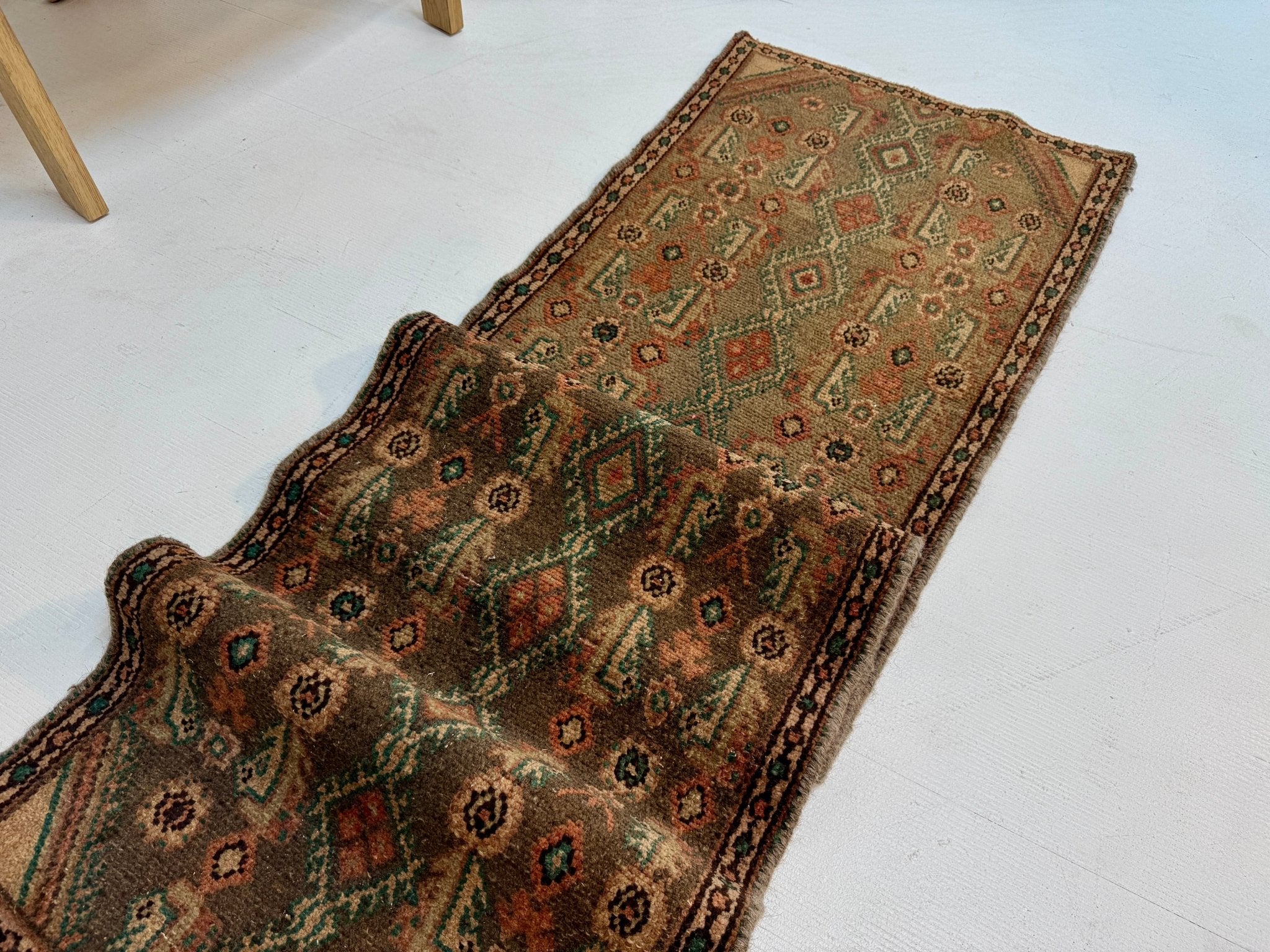
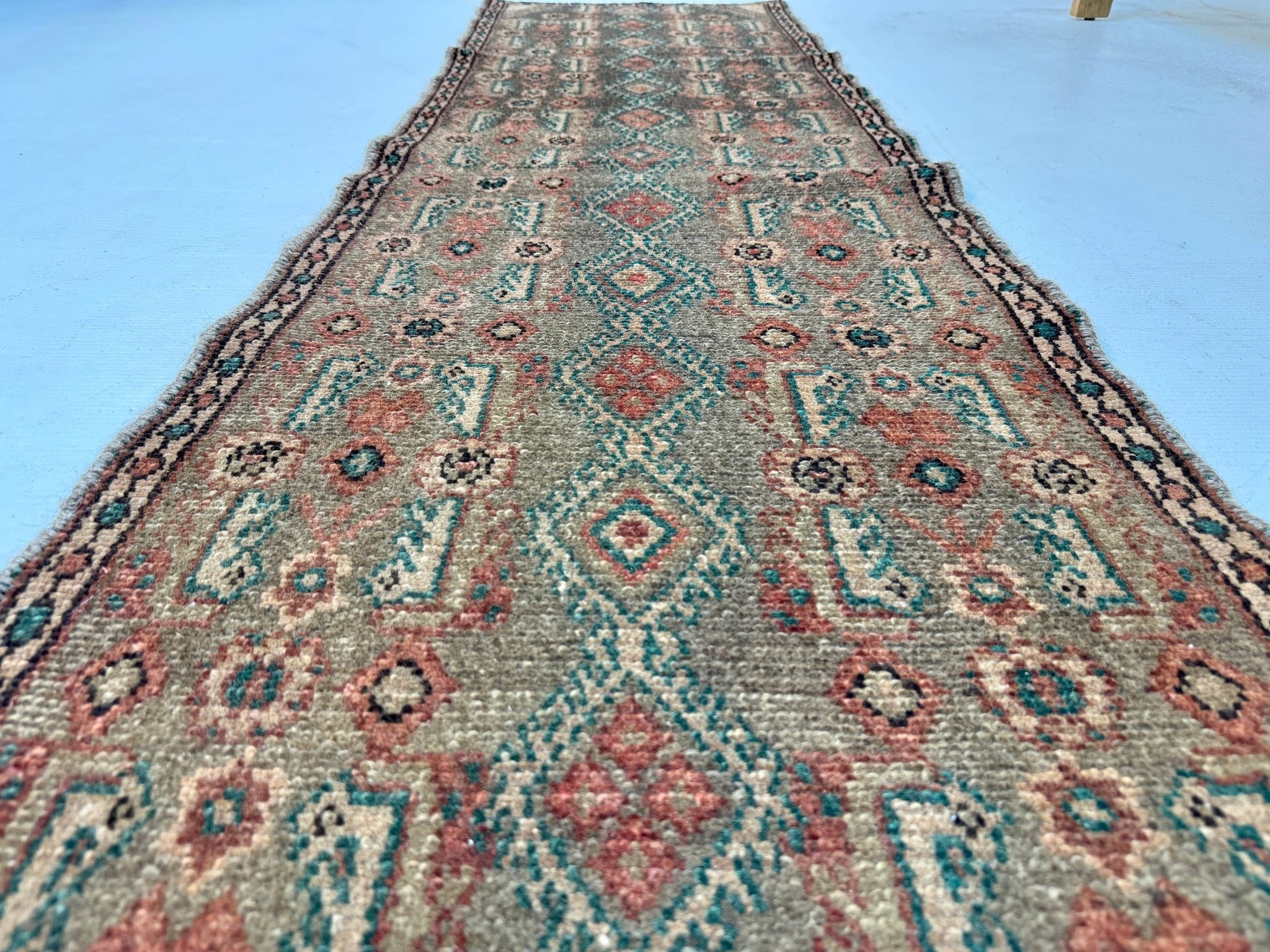
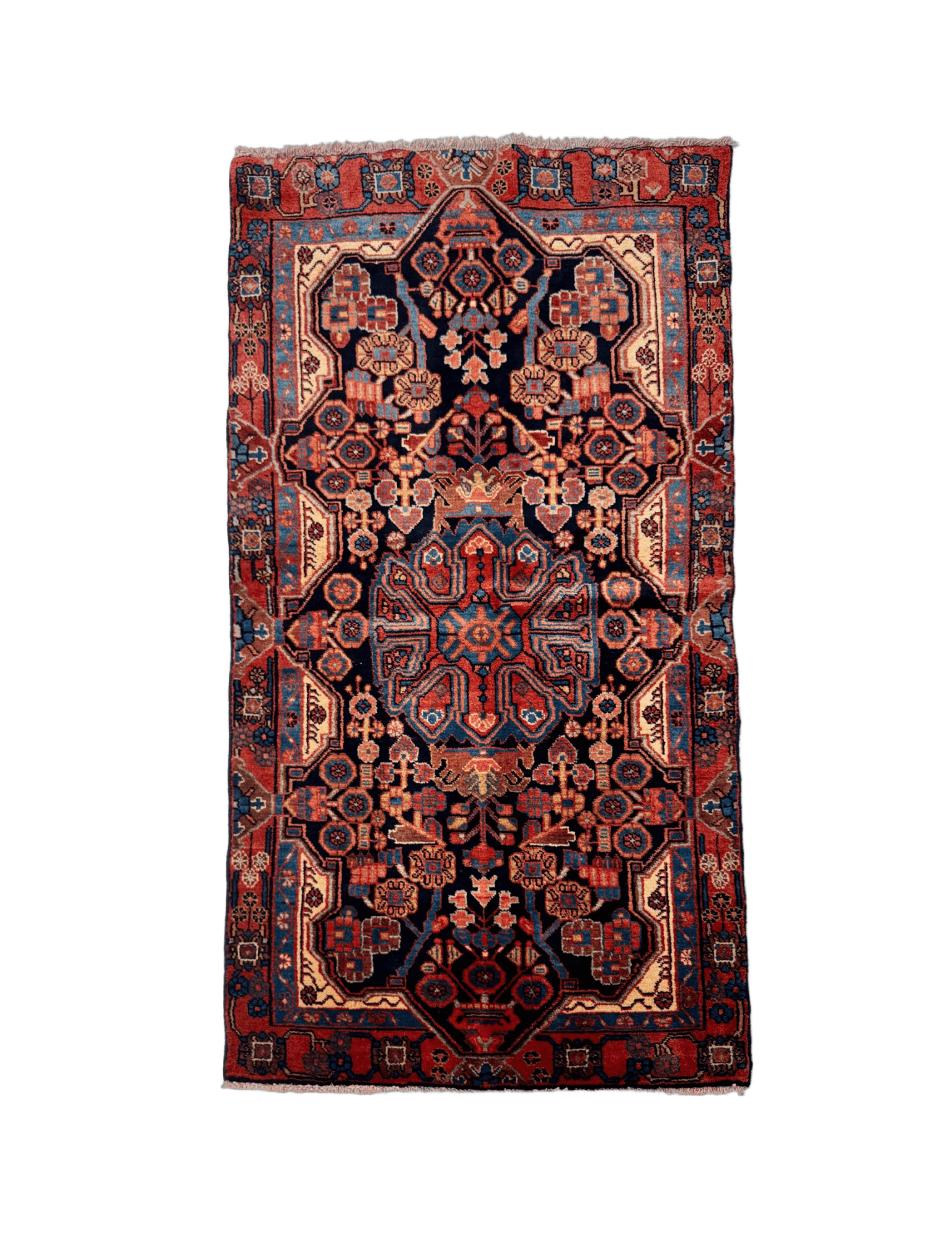
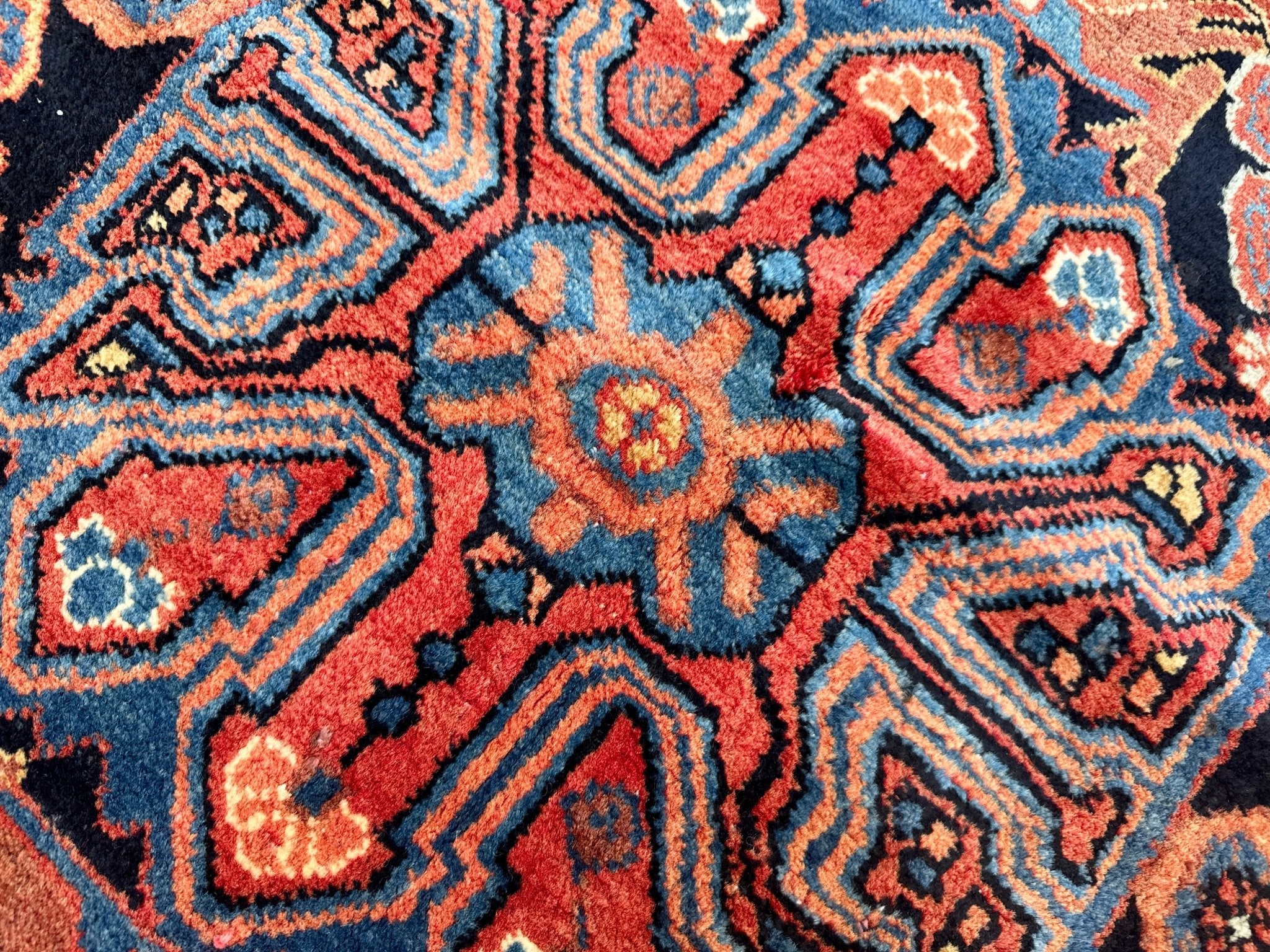
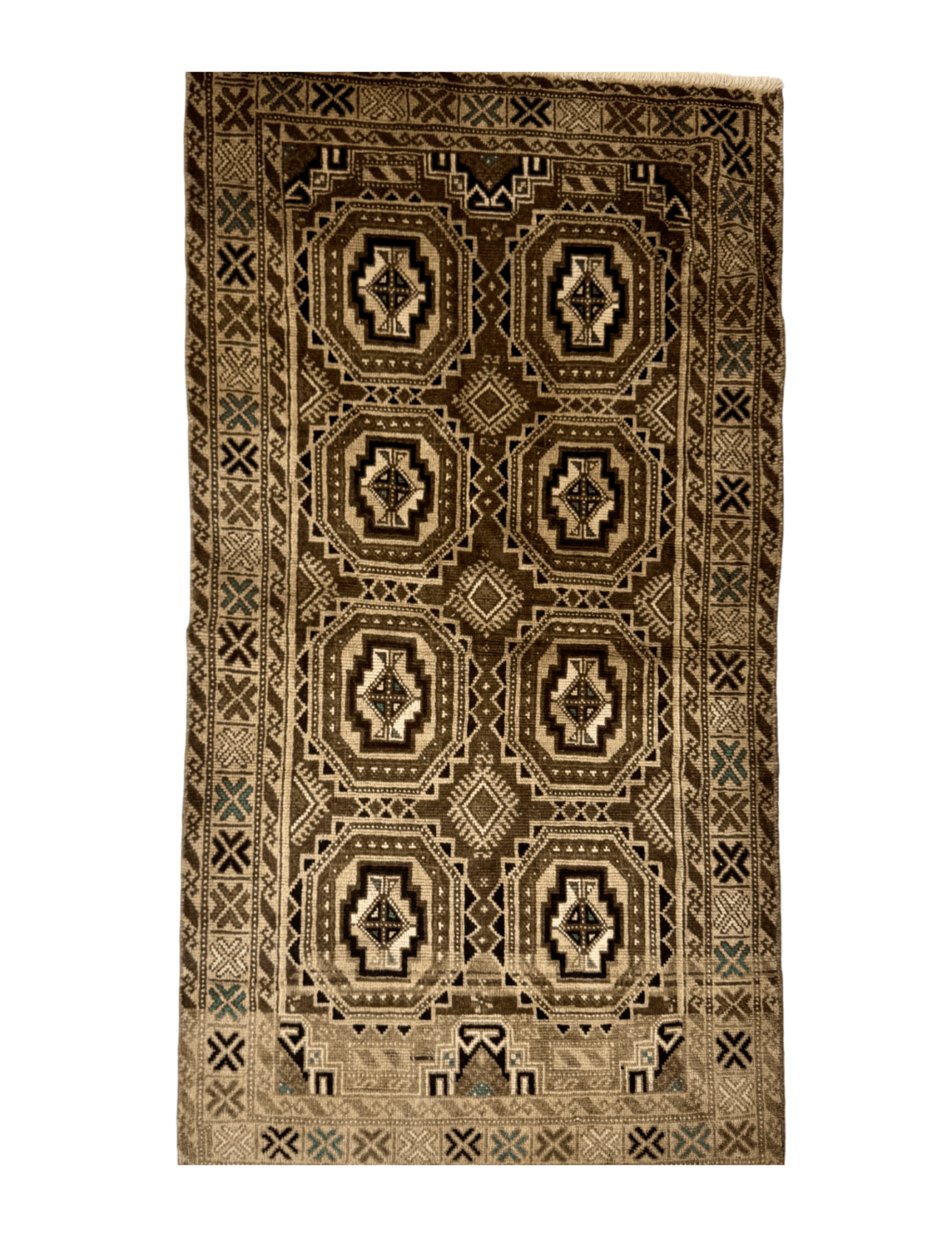
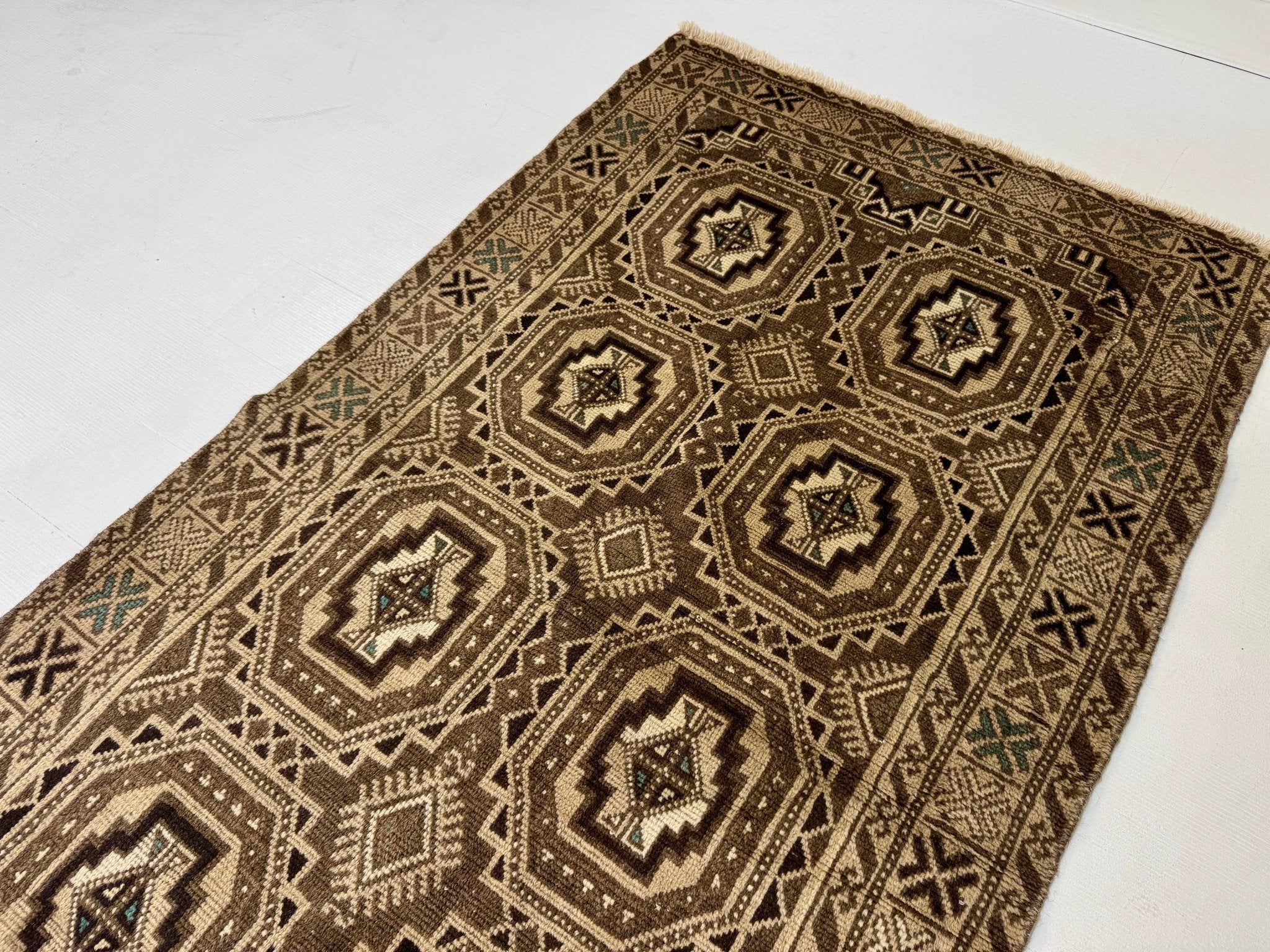
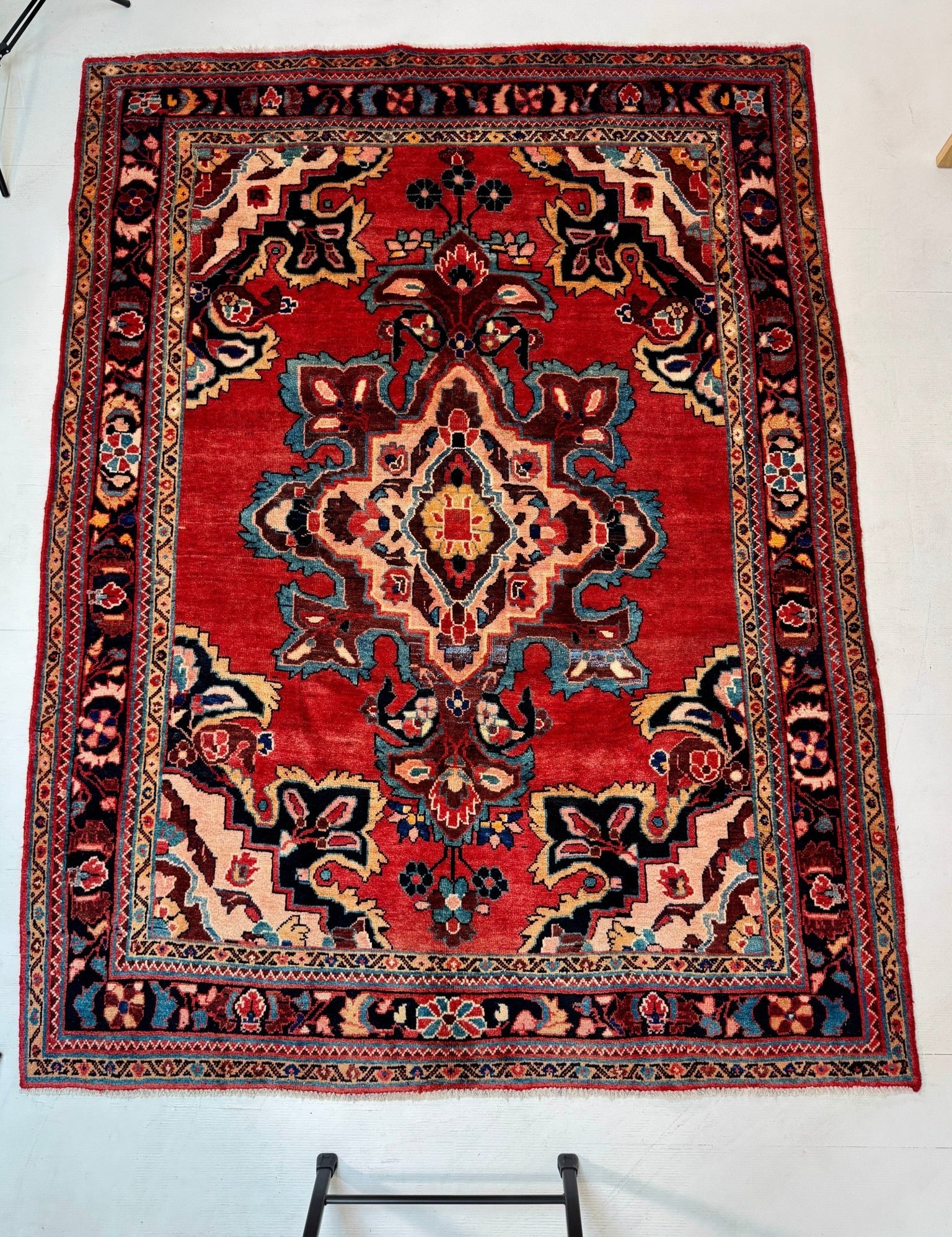

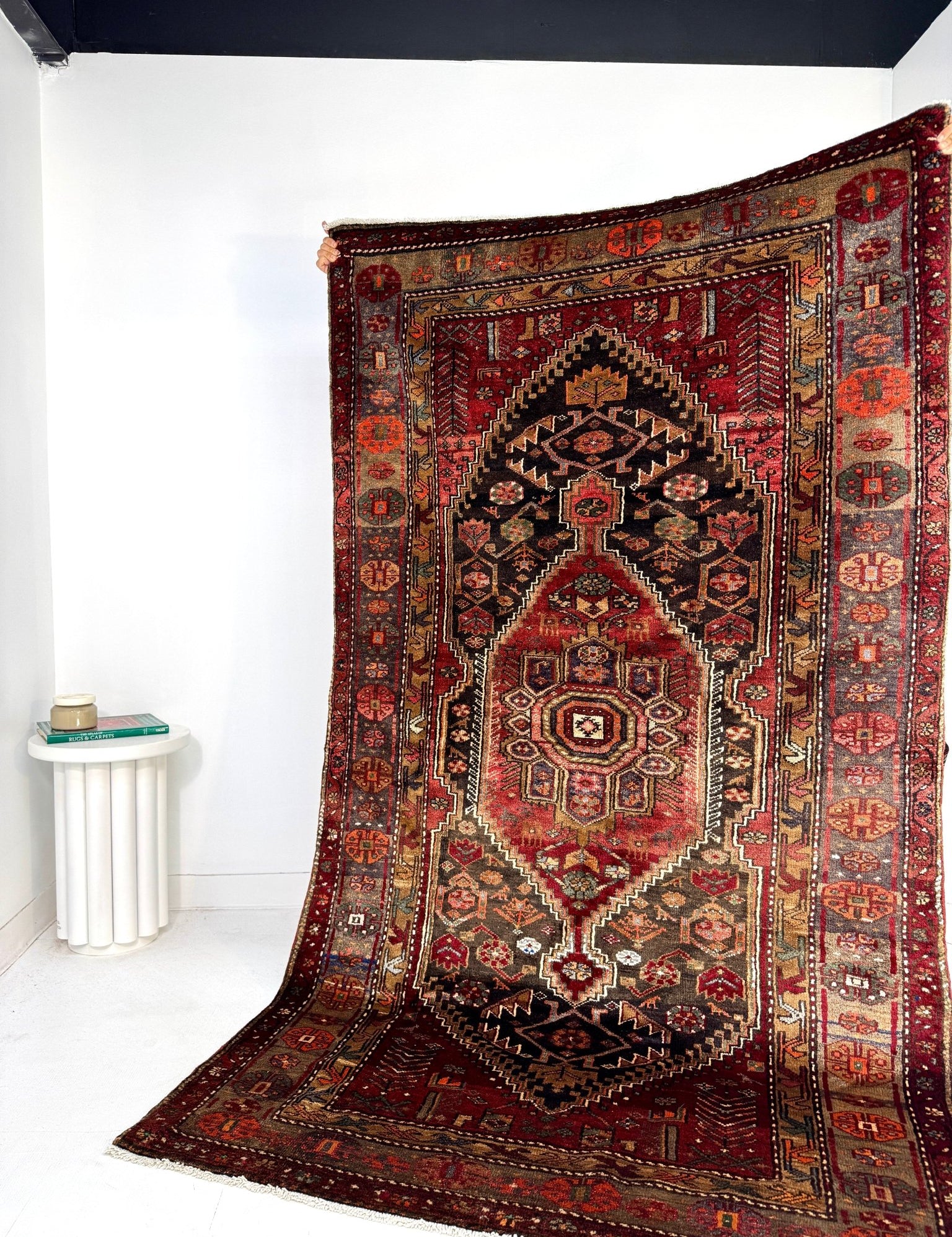
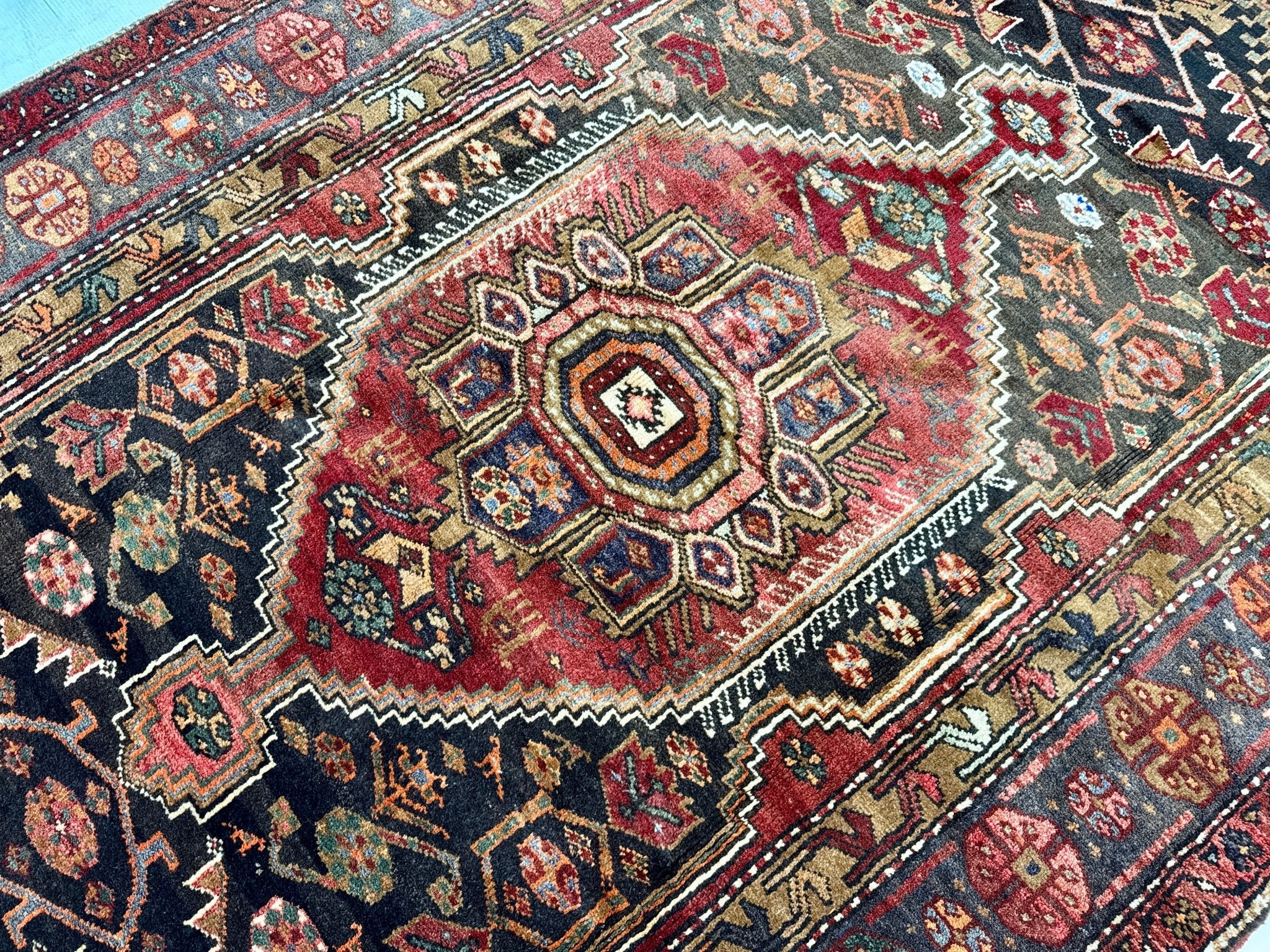
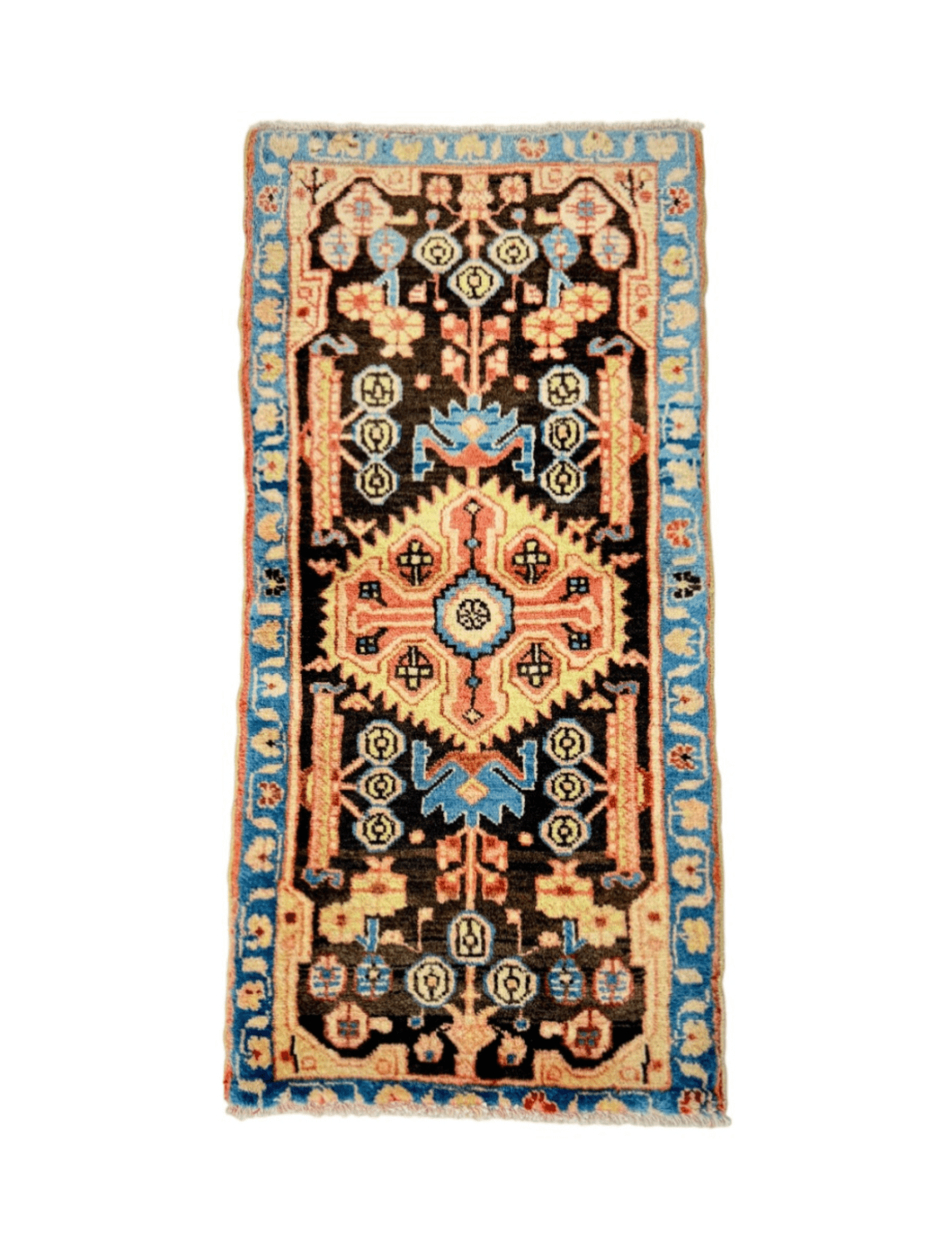





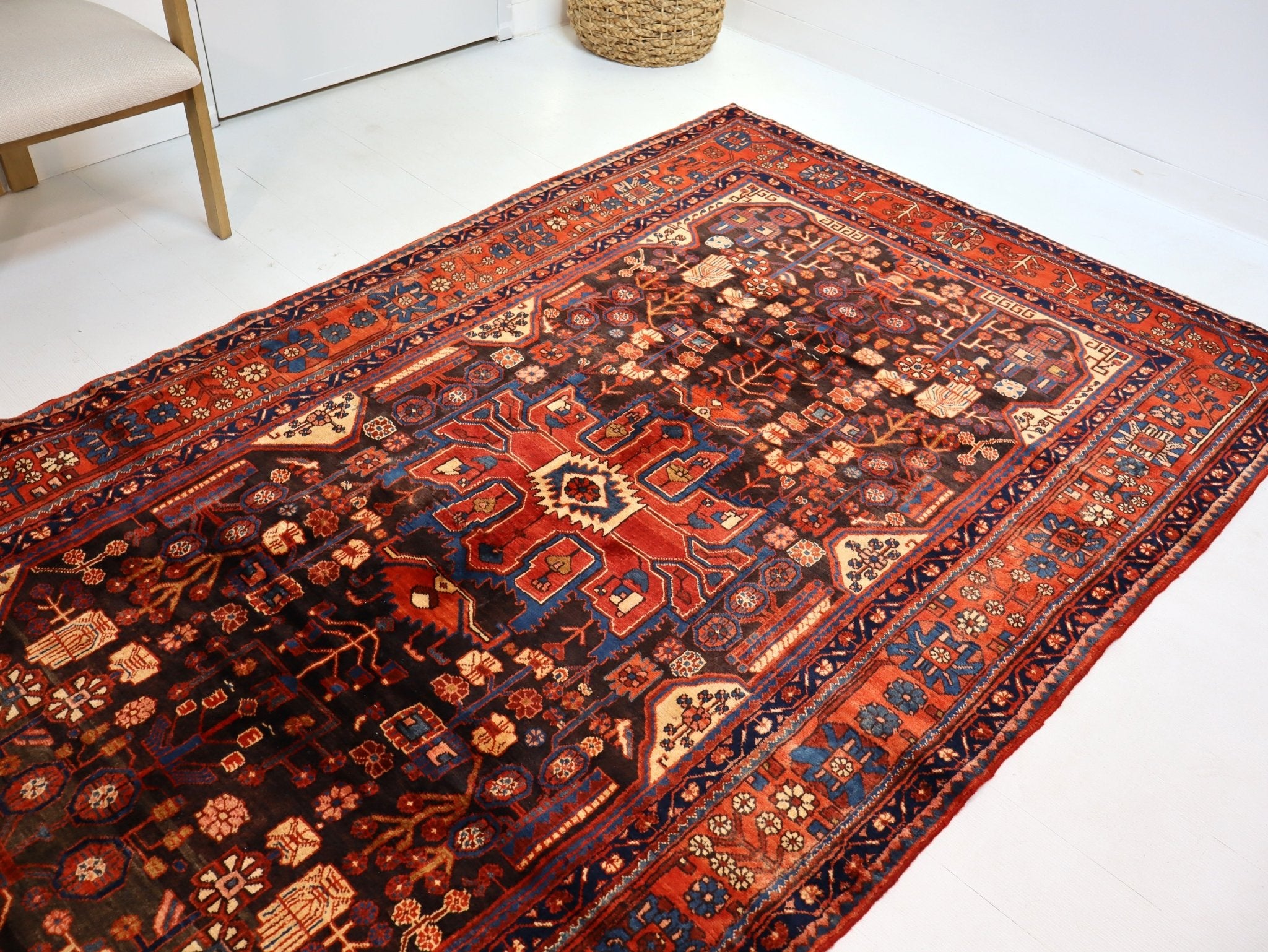
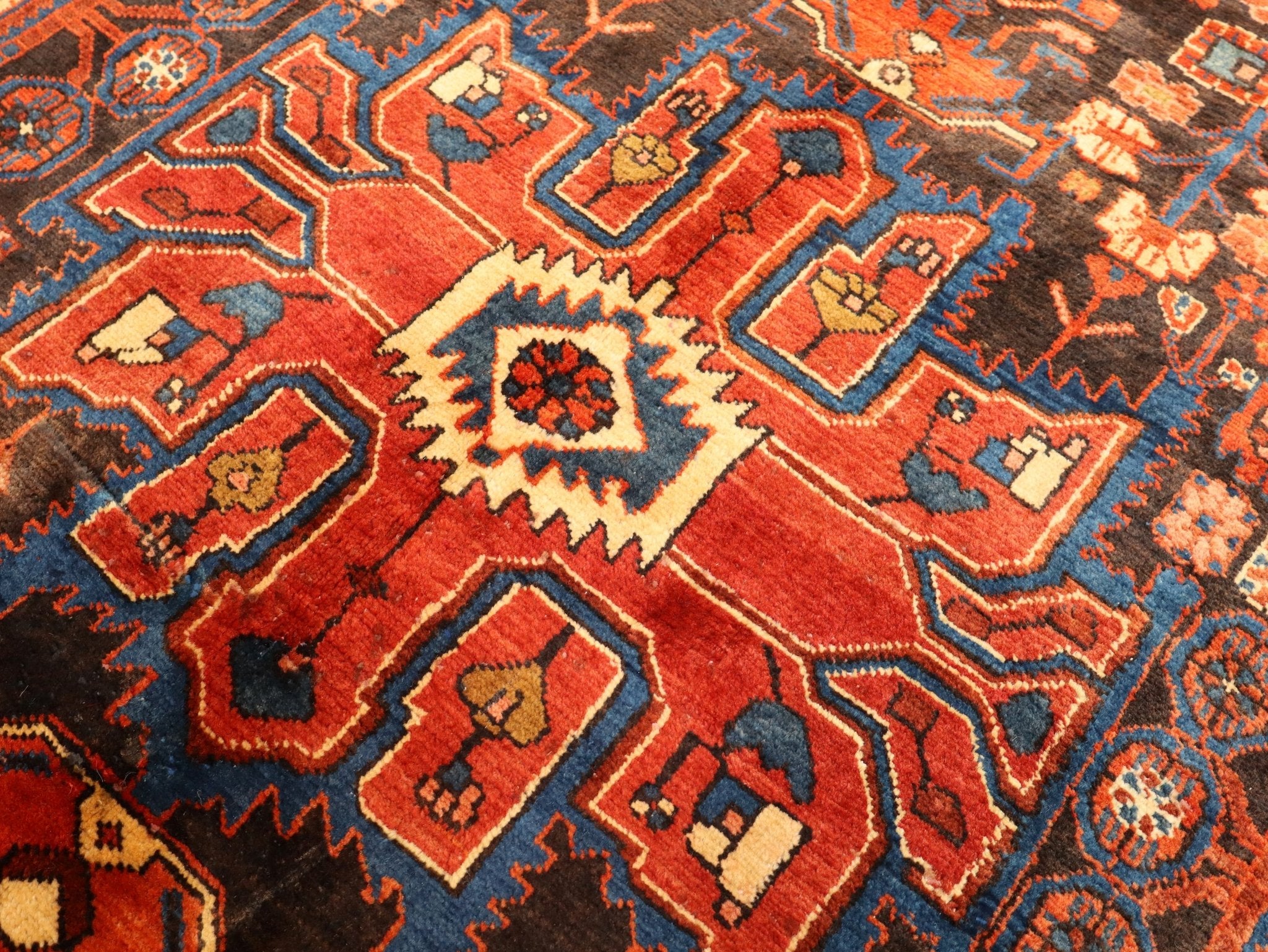
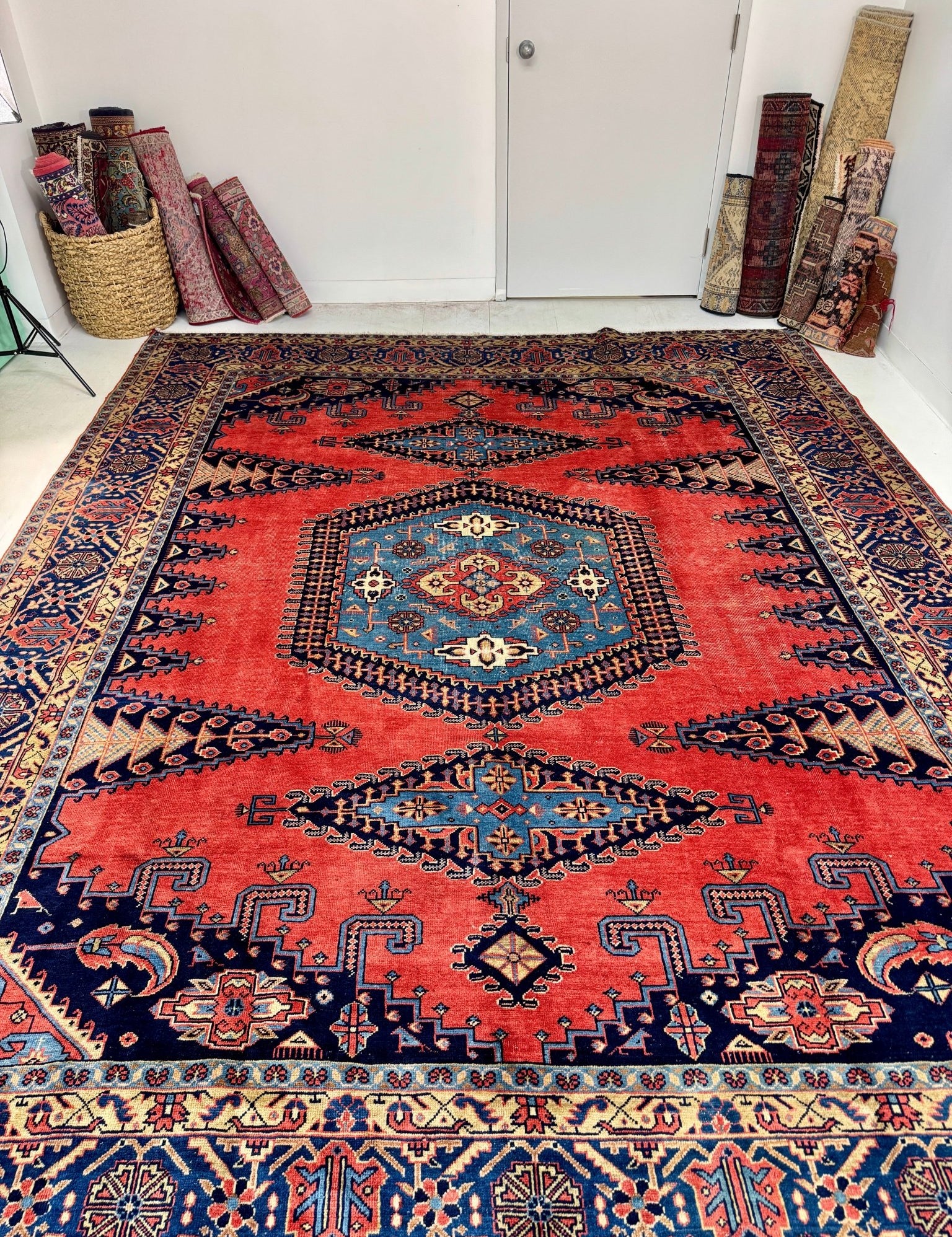
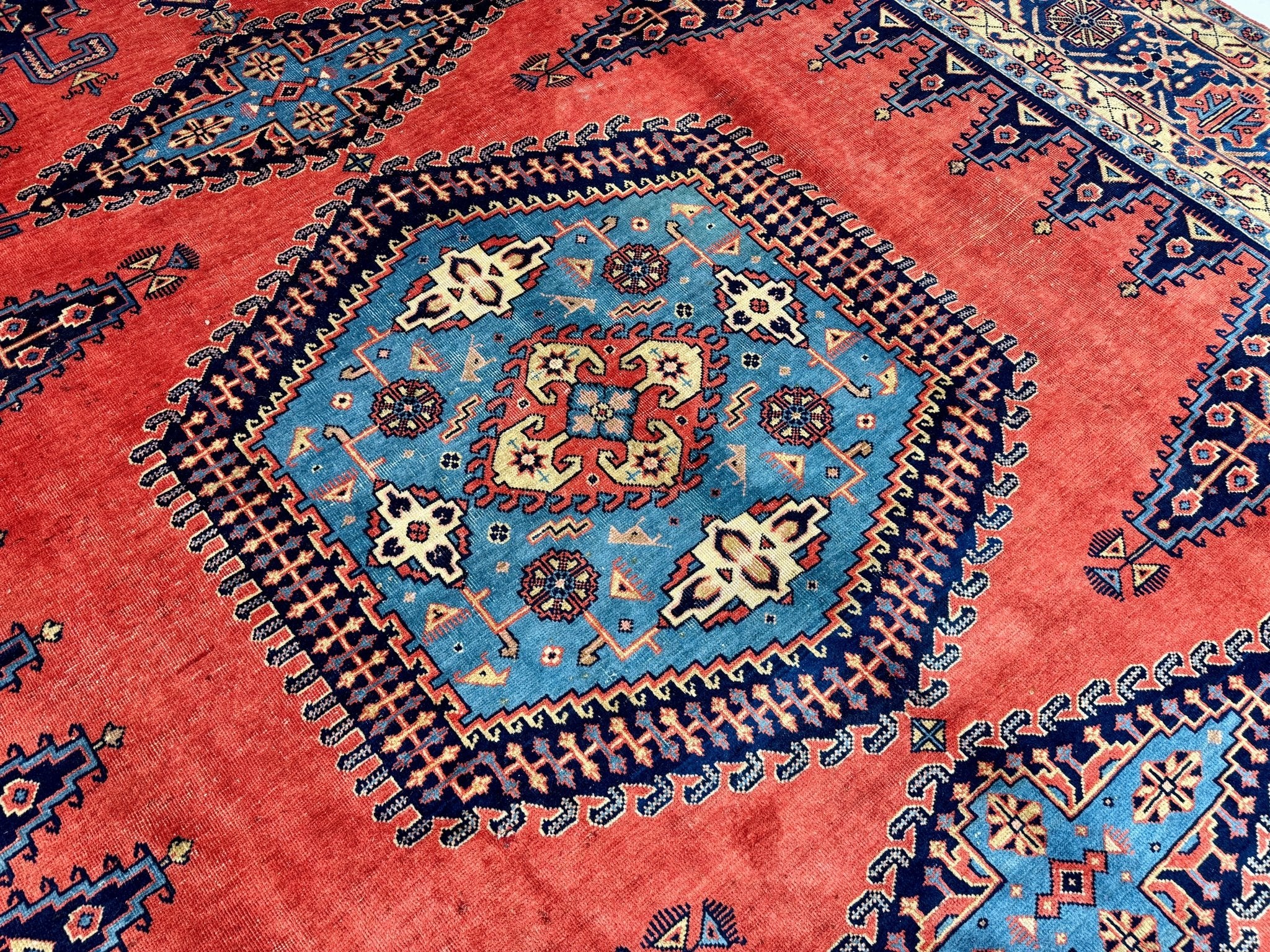
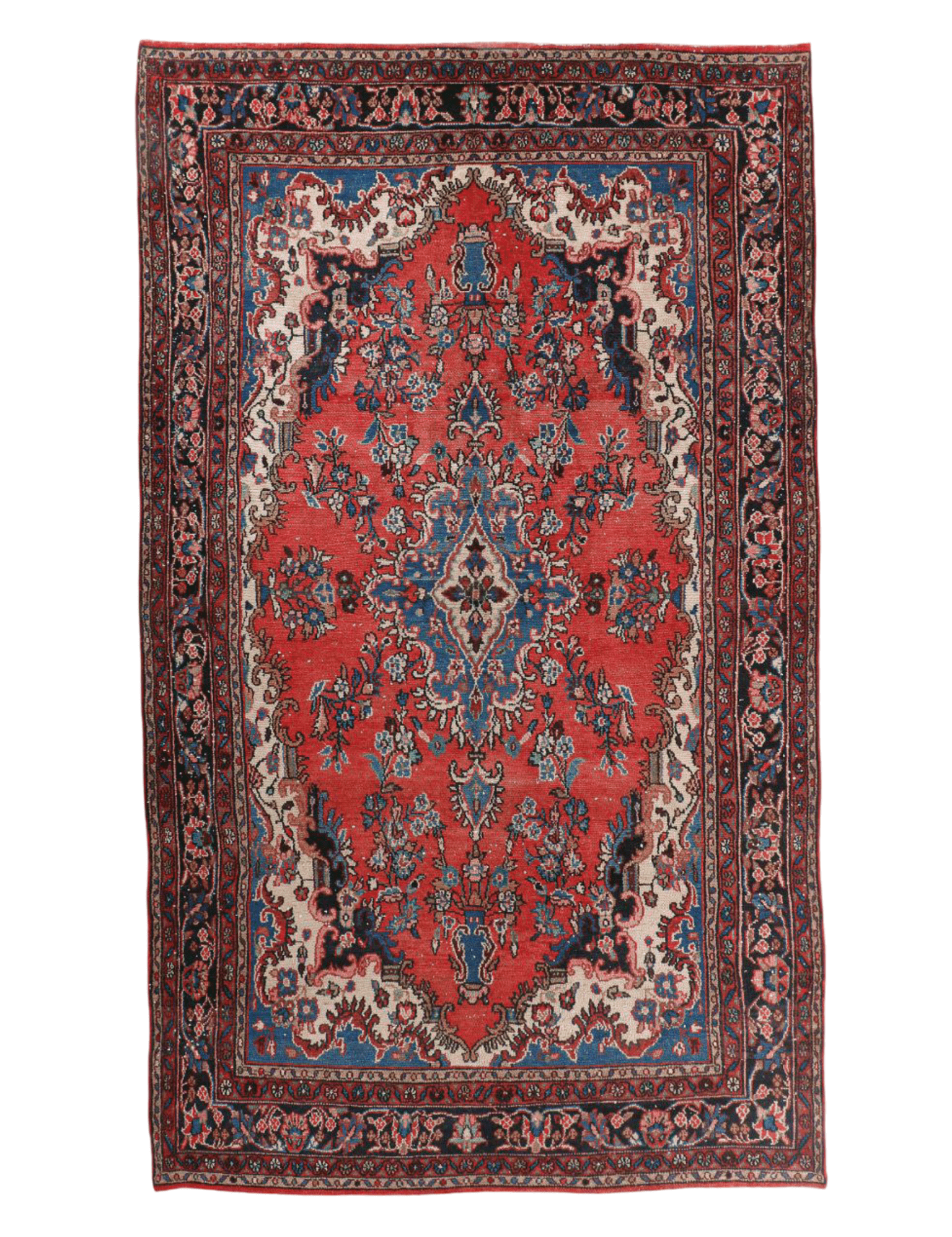
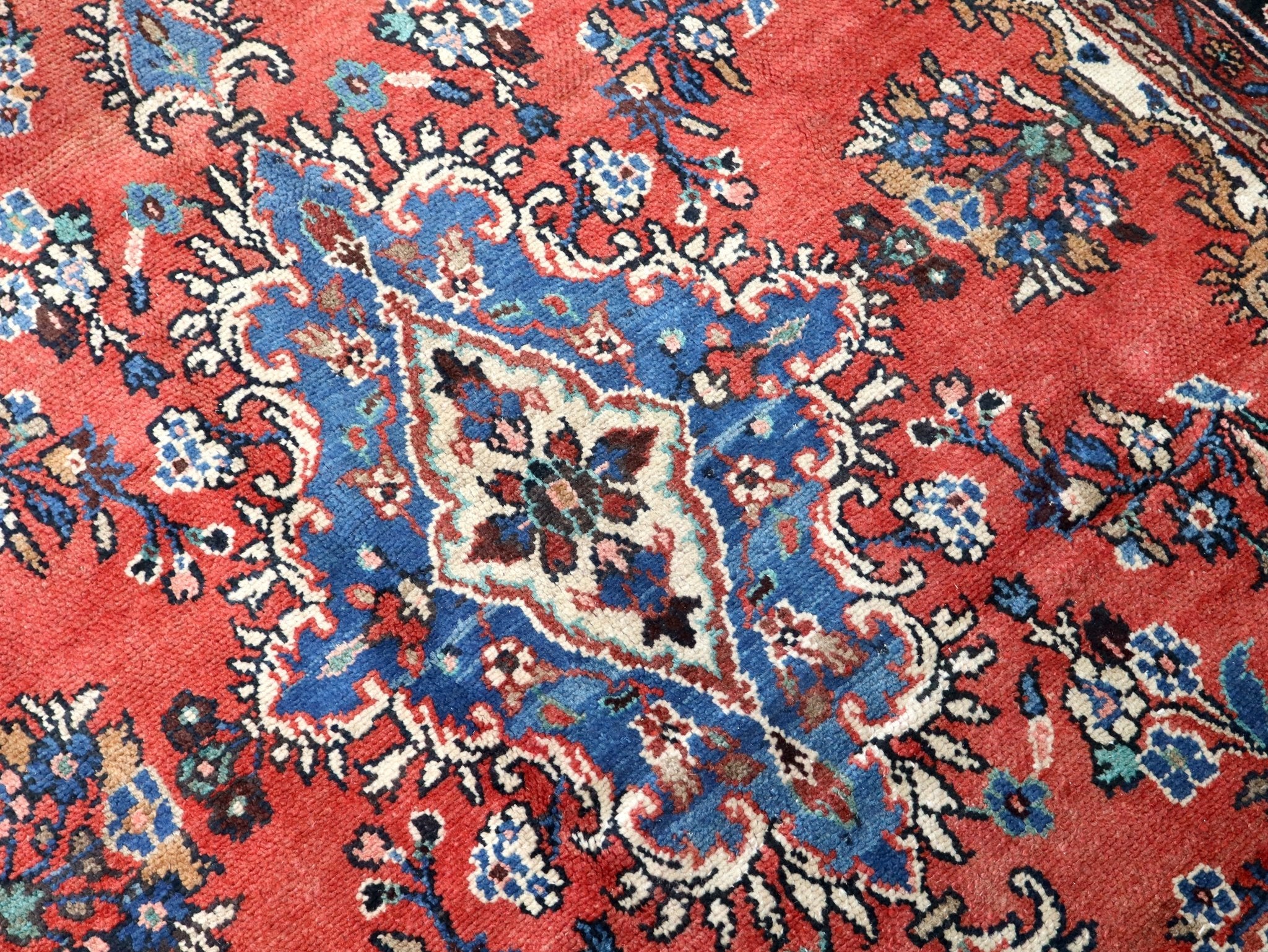

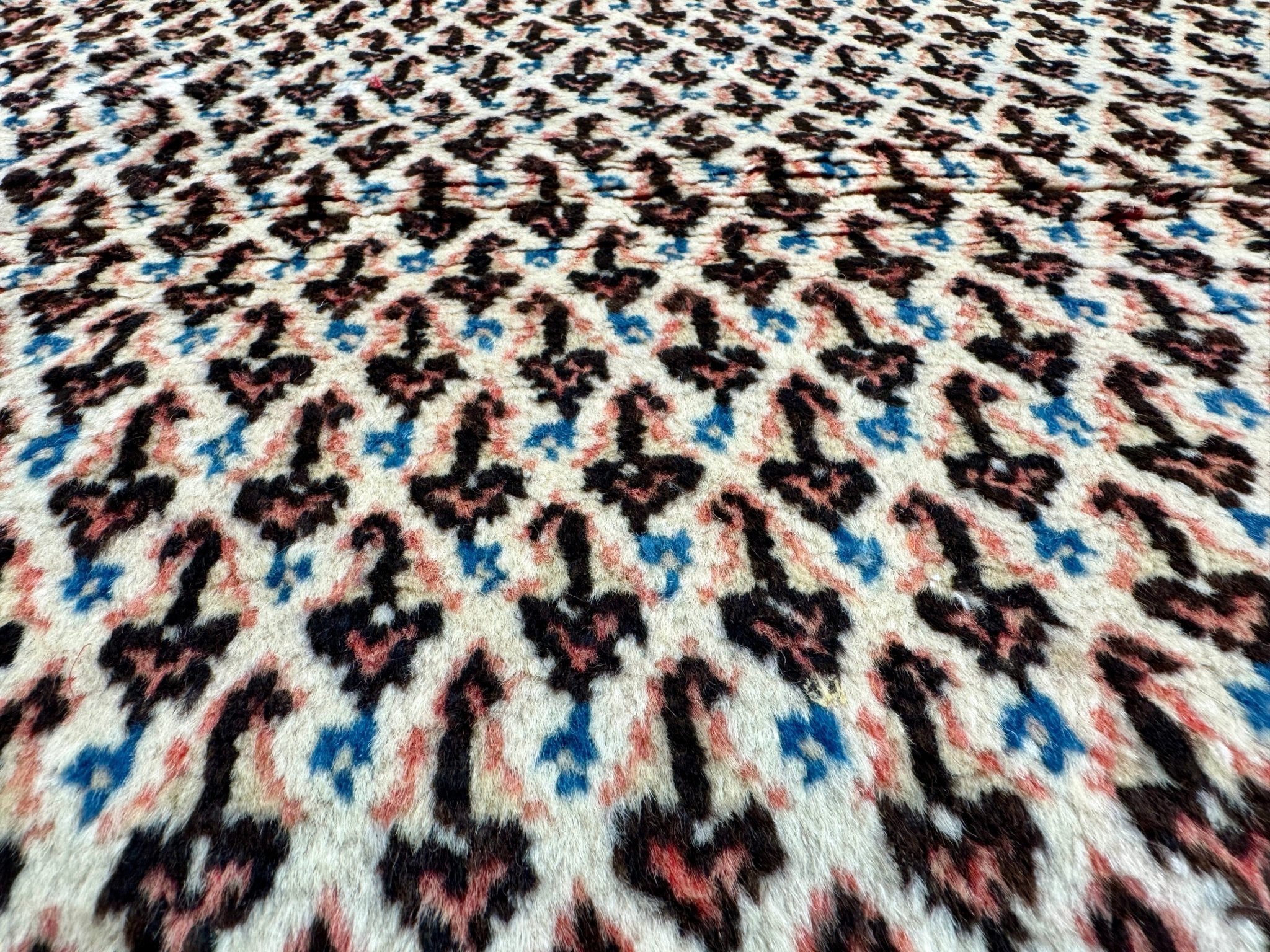
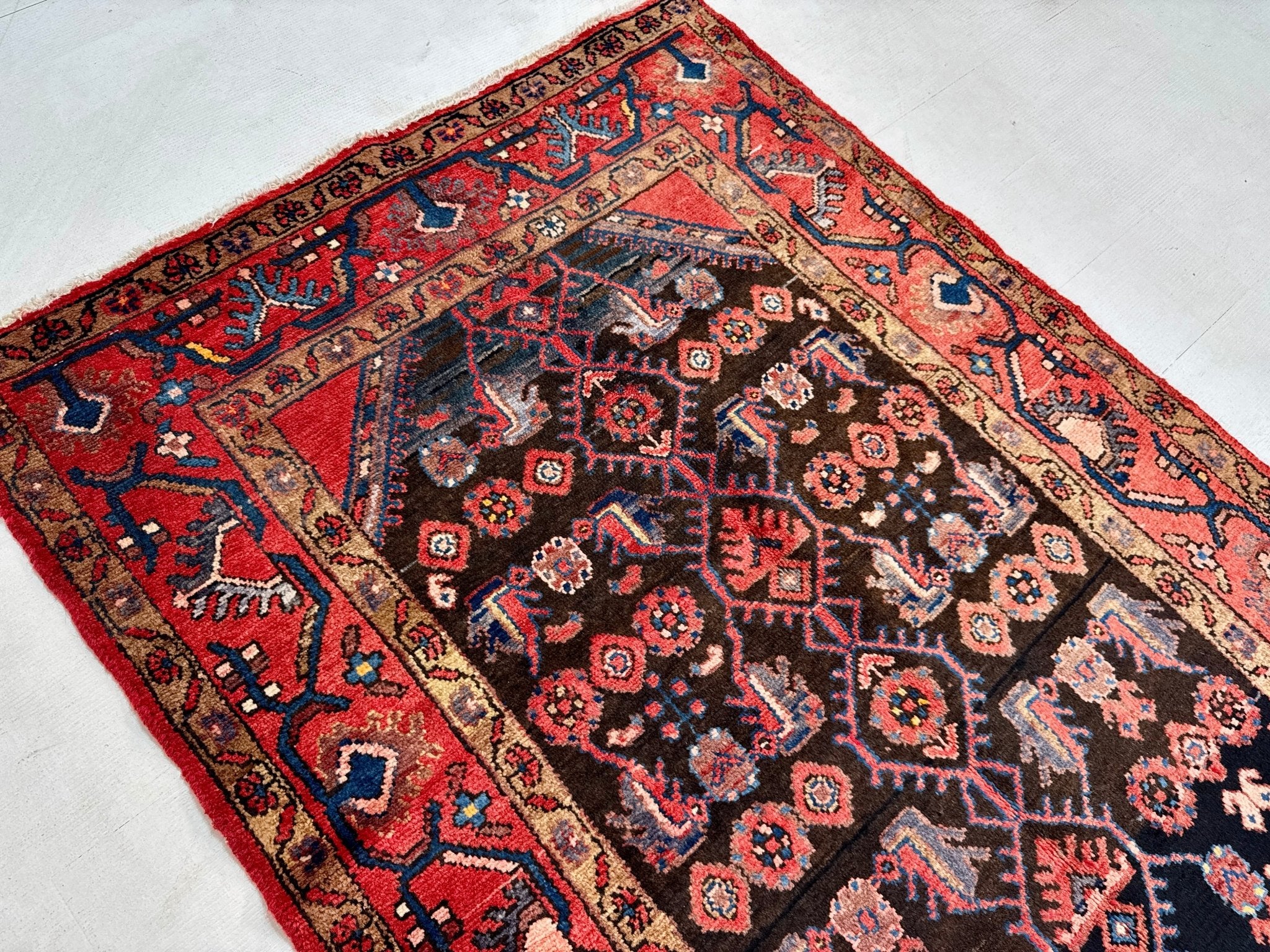
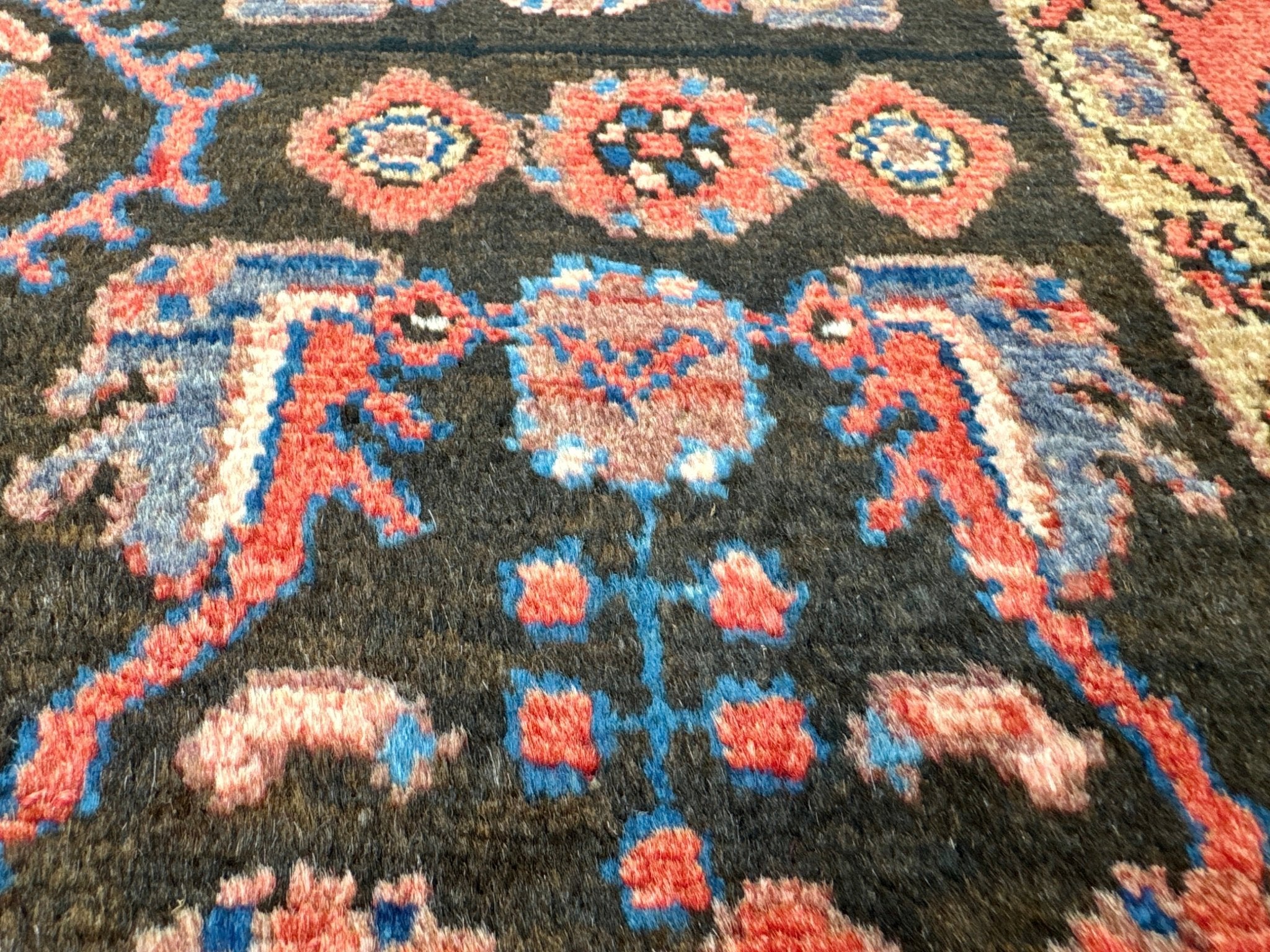

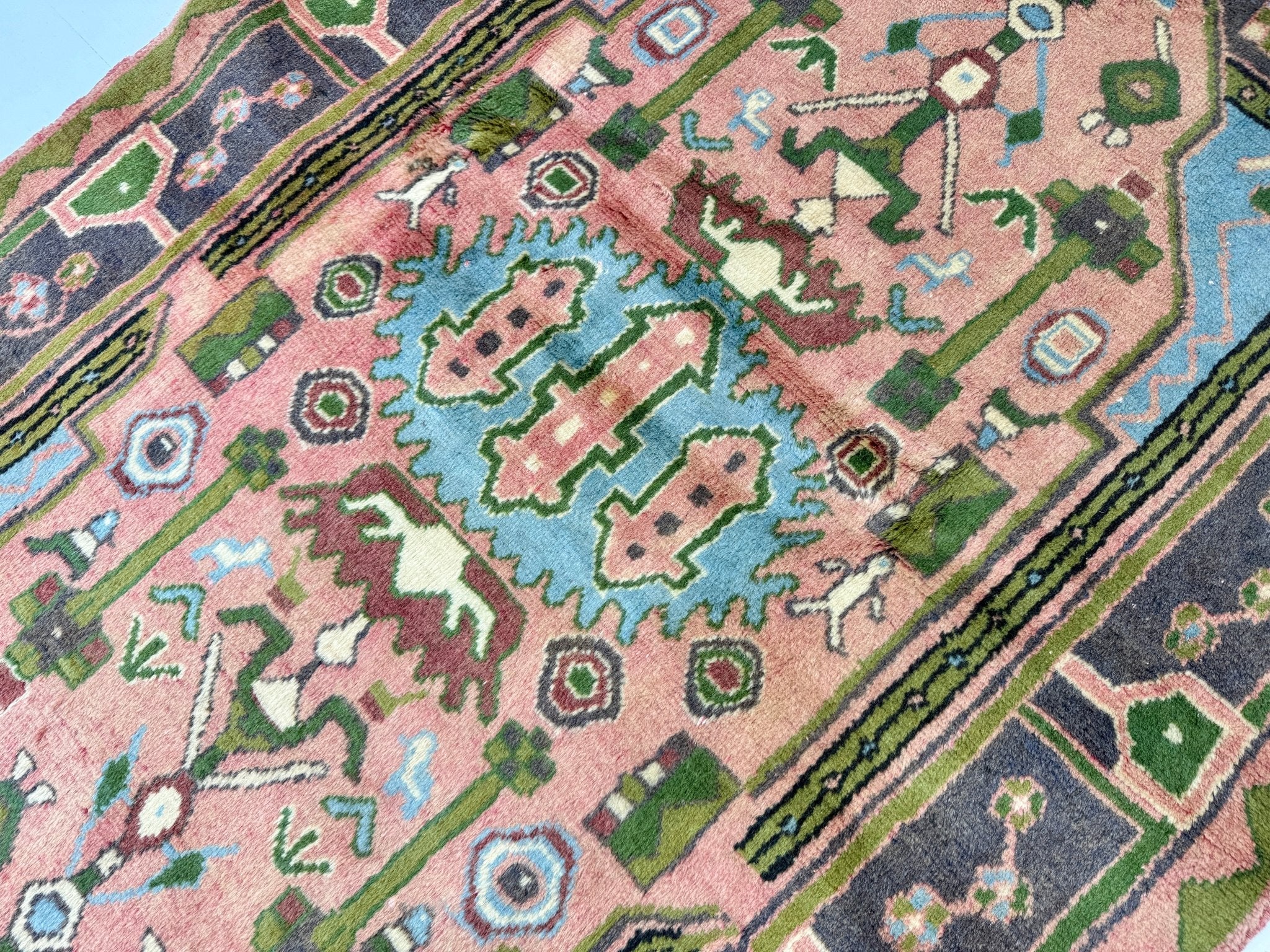
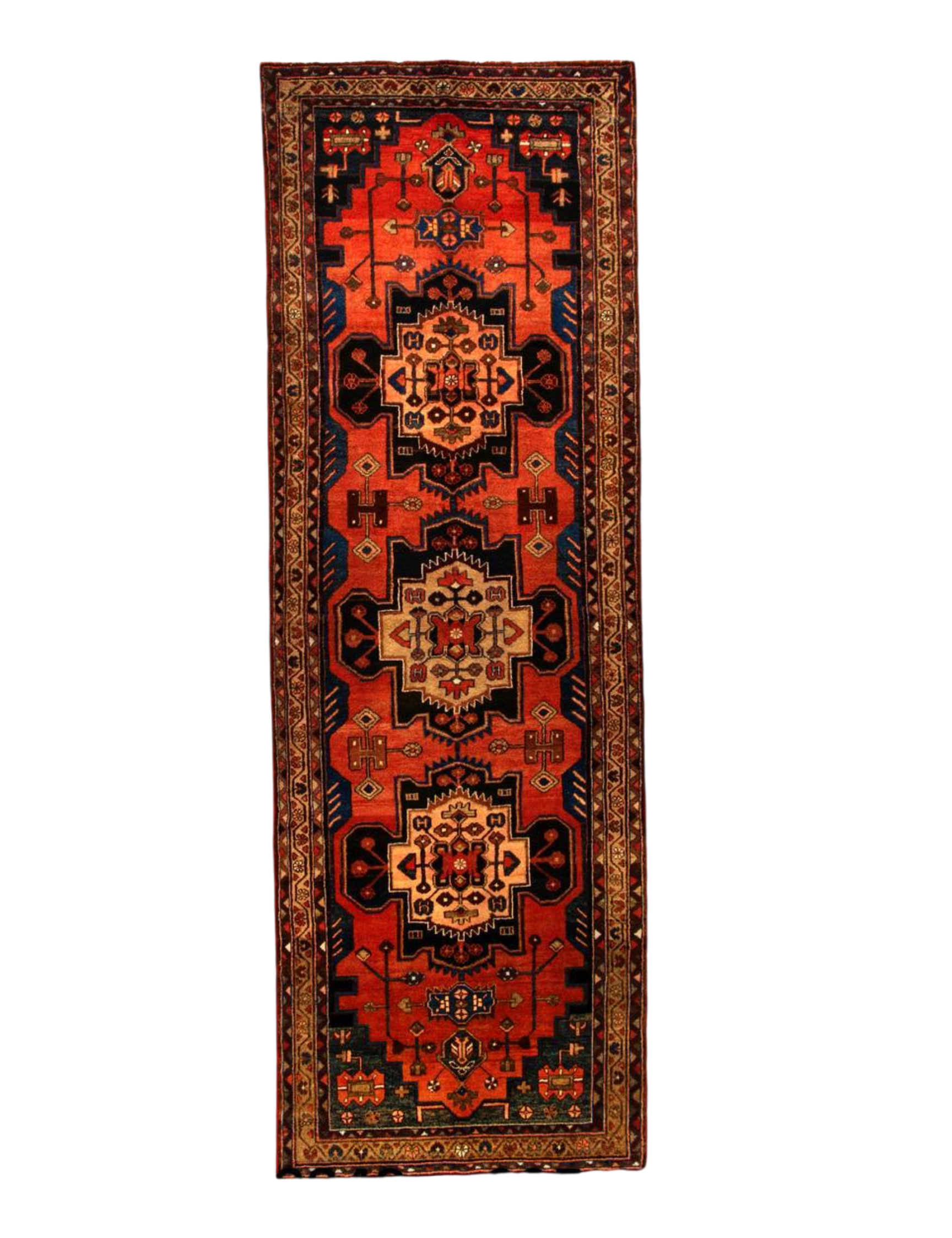
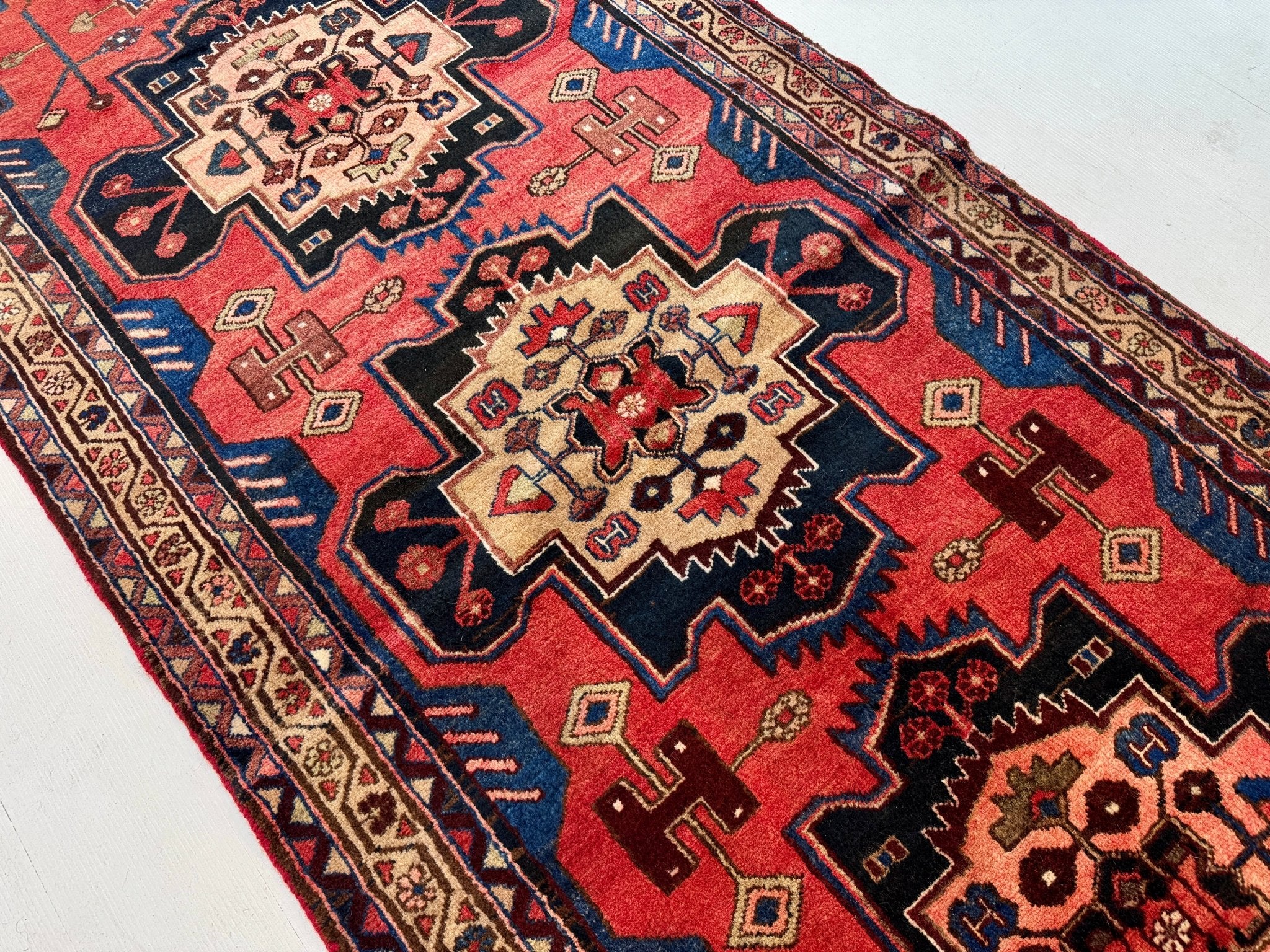
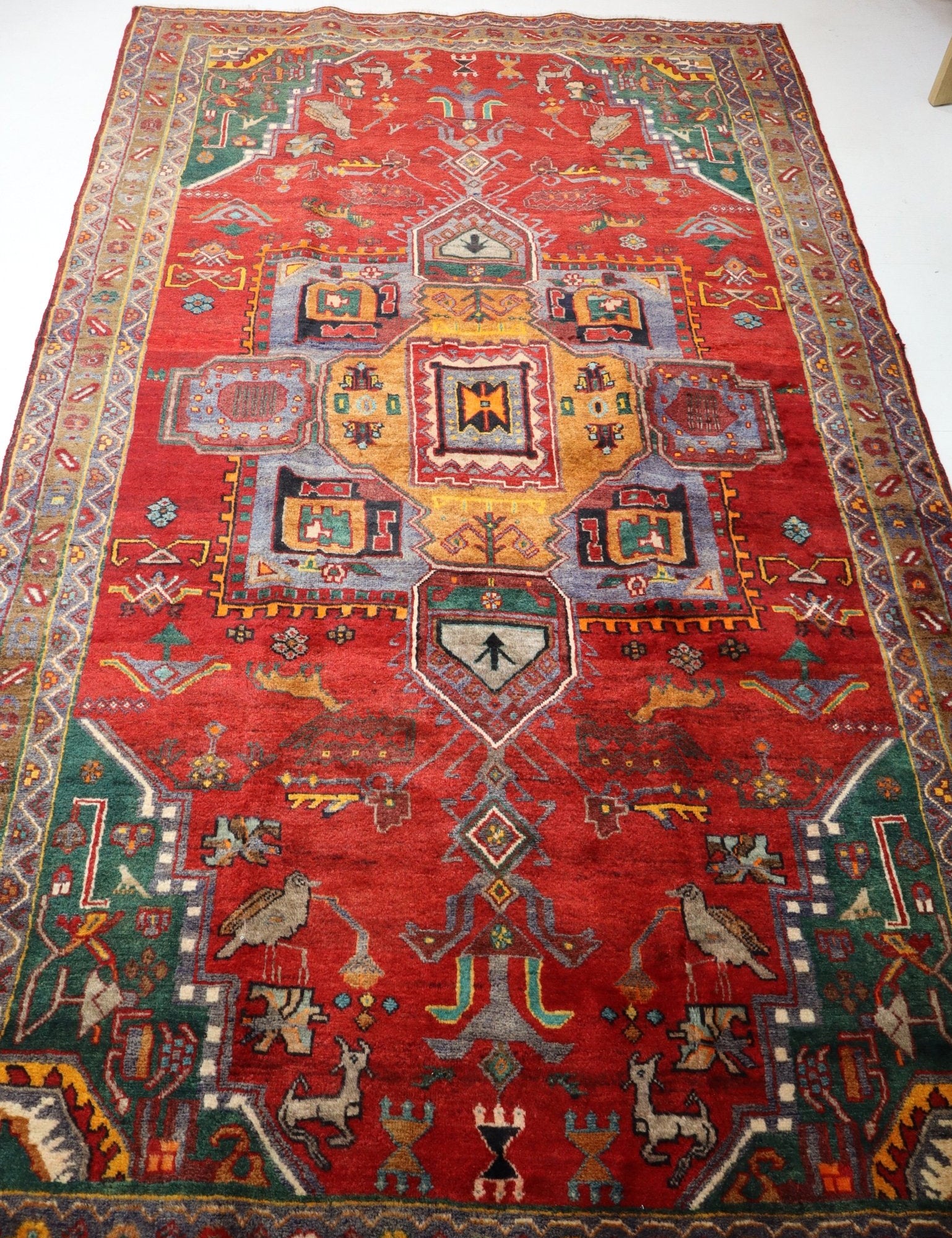
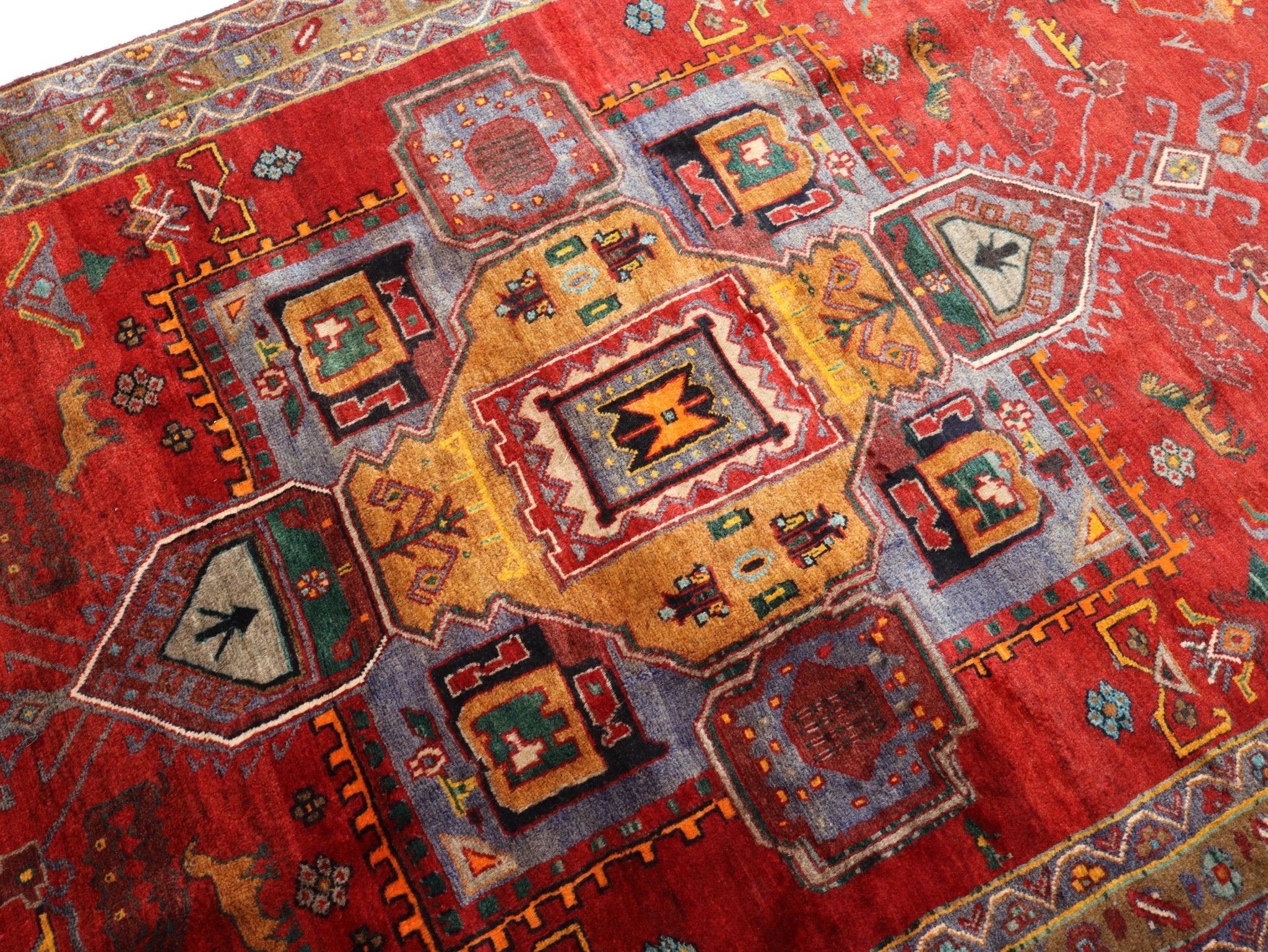
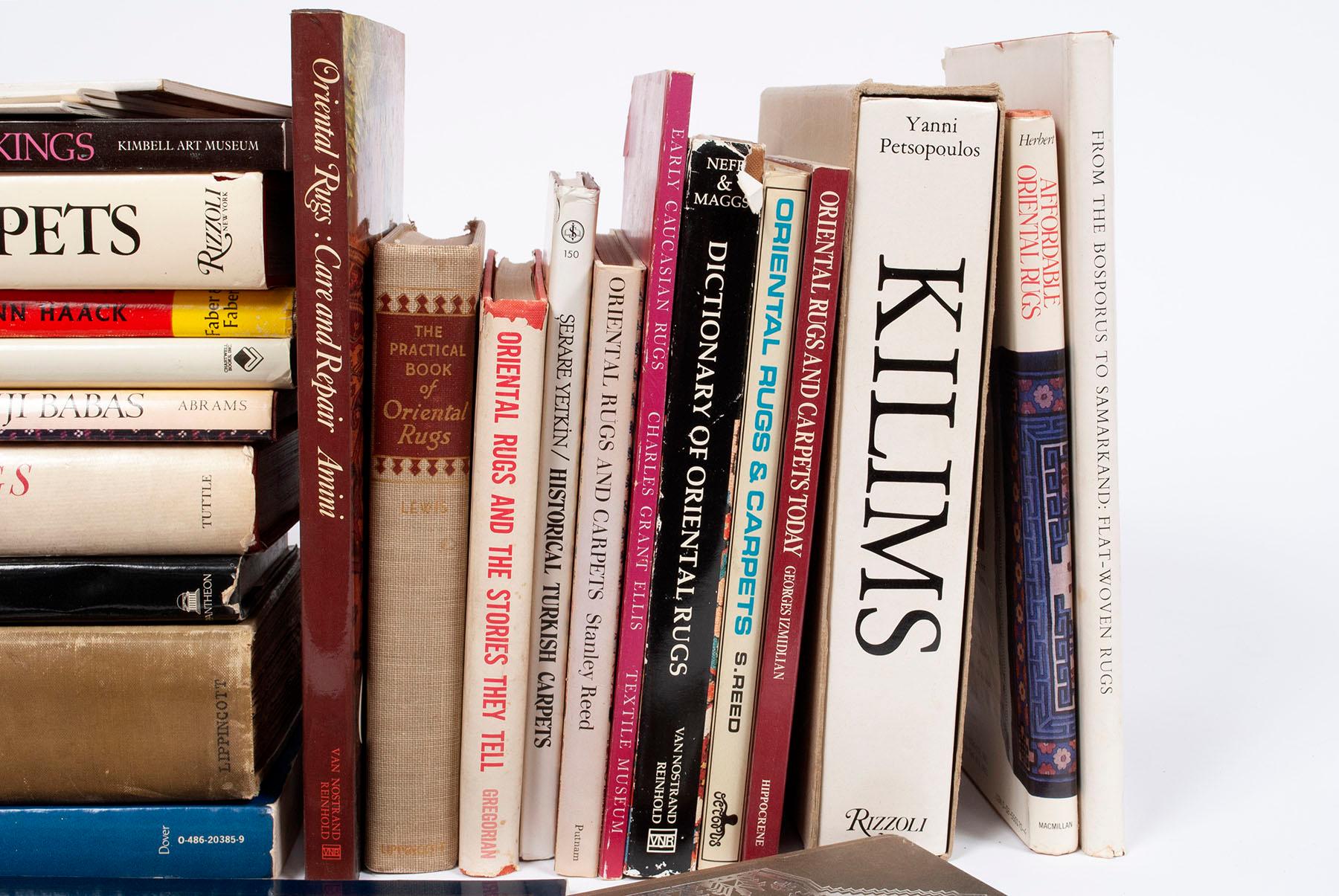
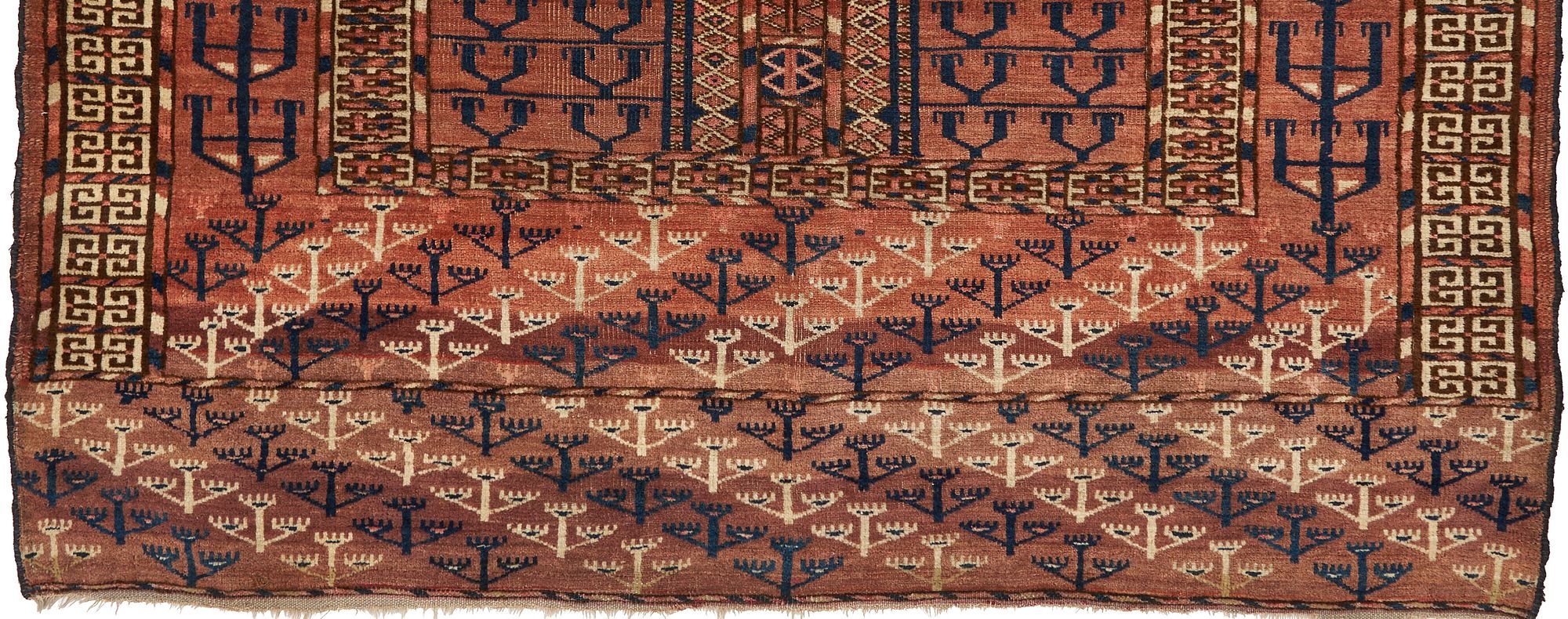
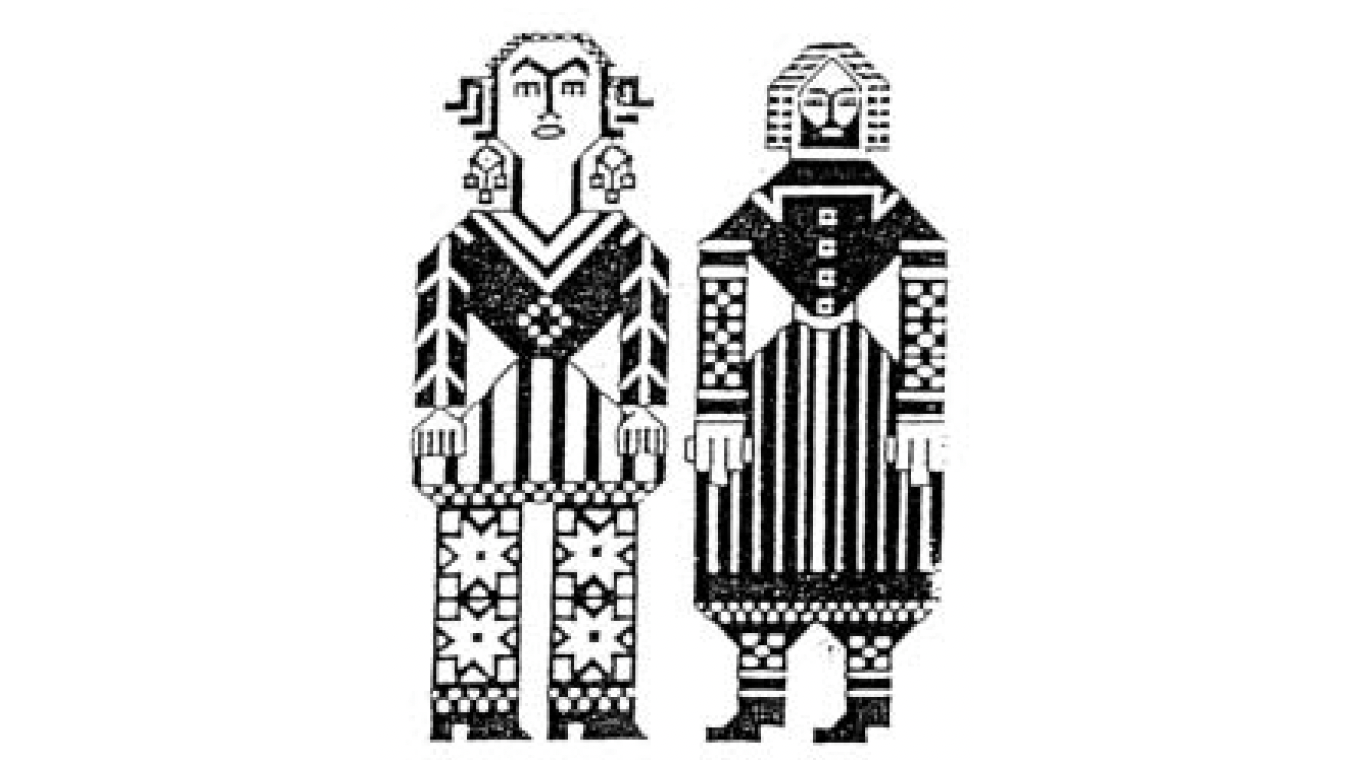
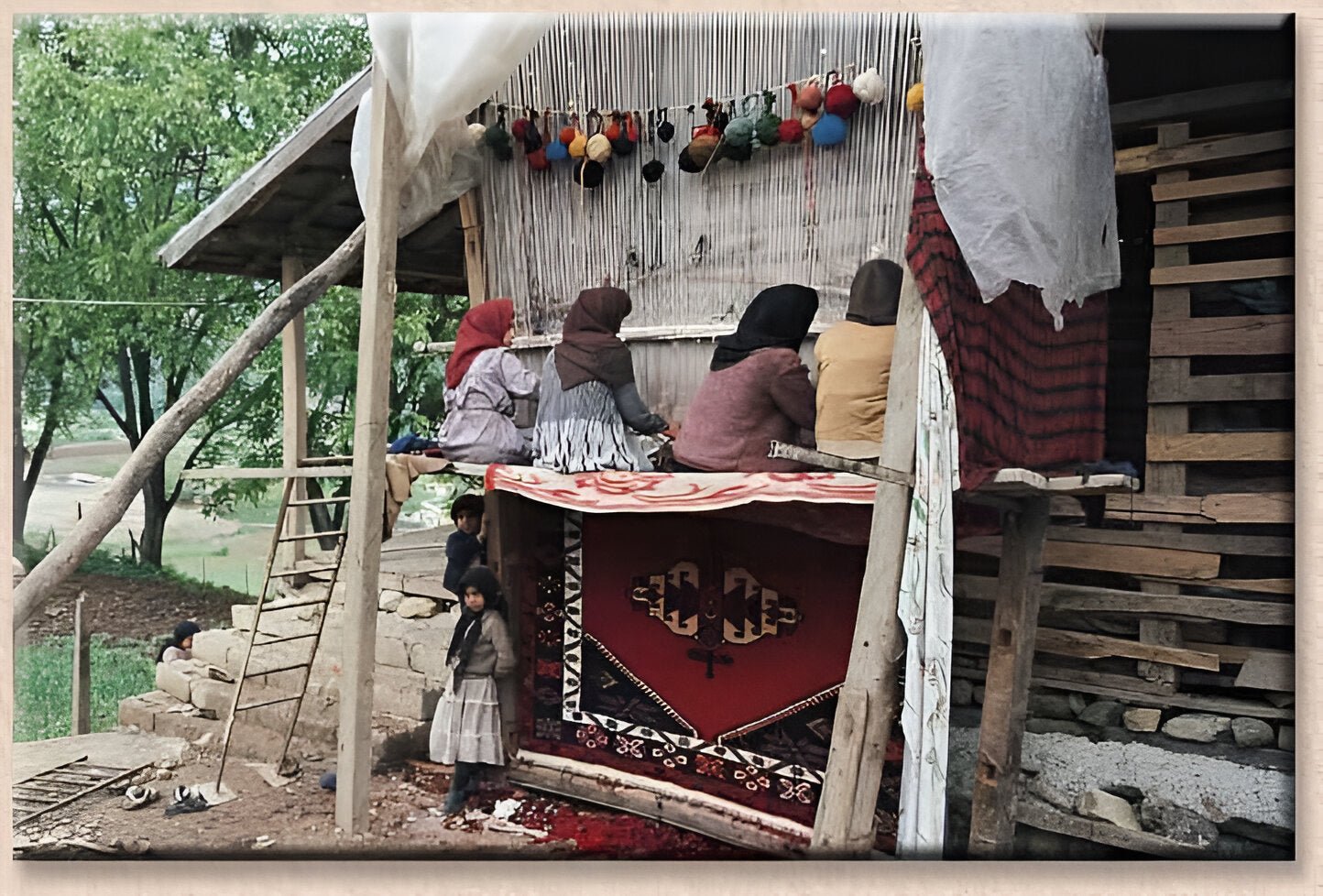
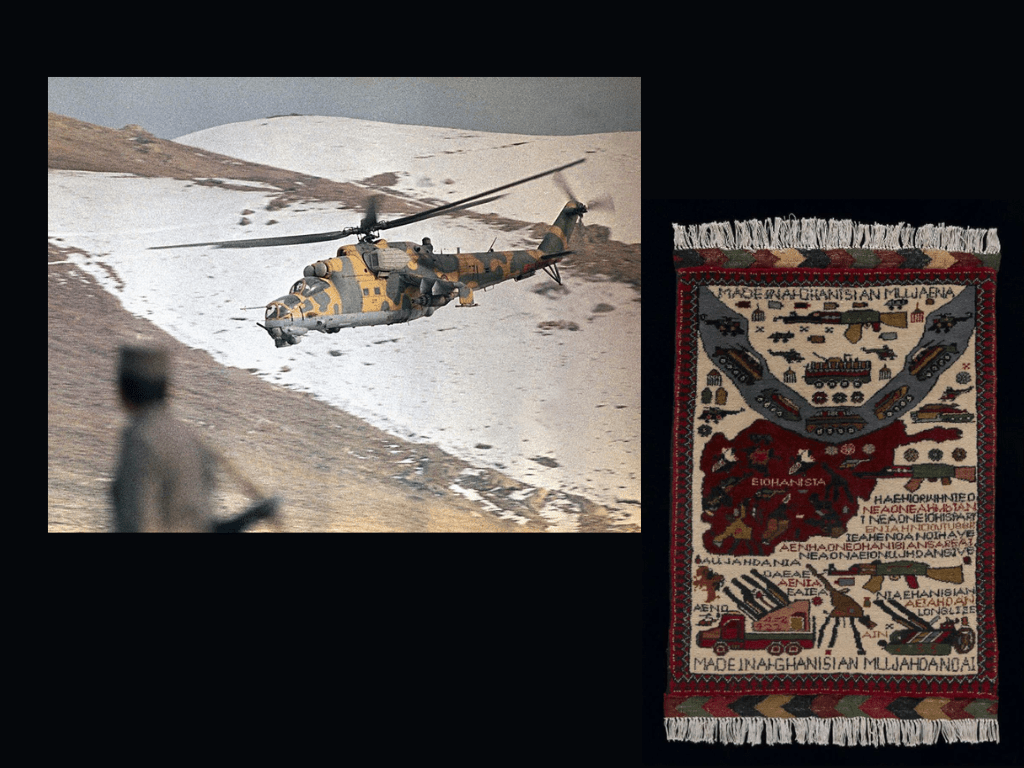
Leave a comment